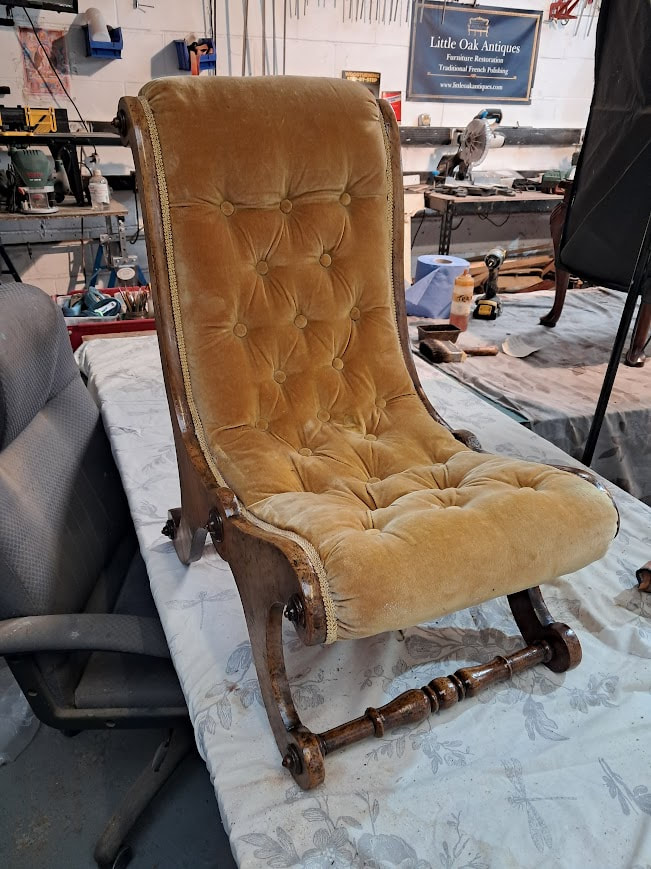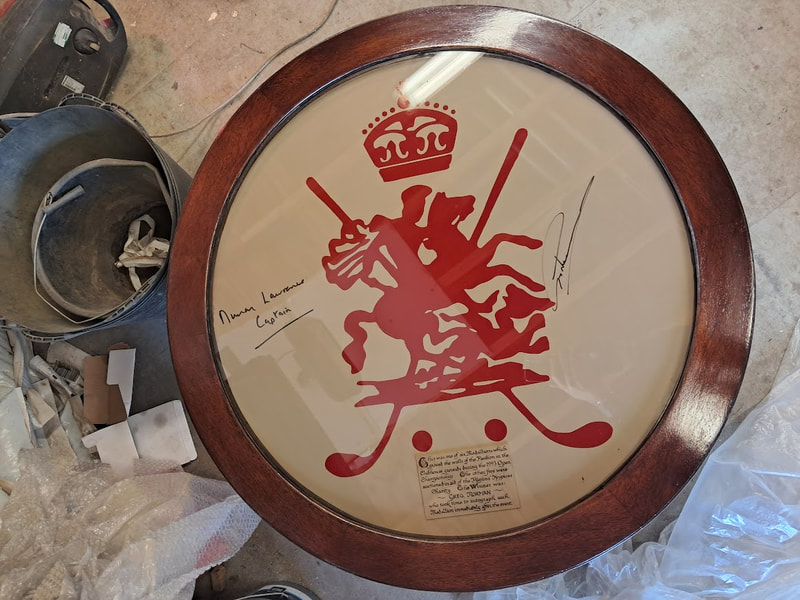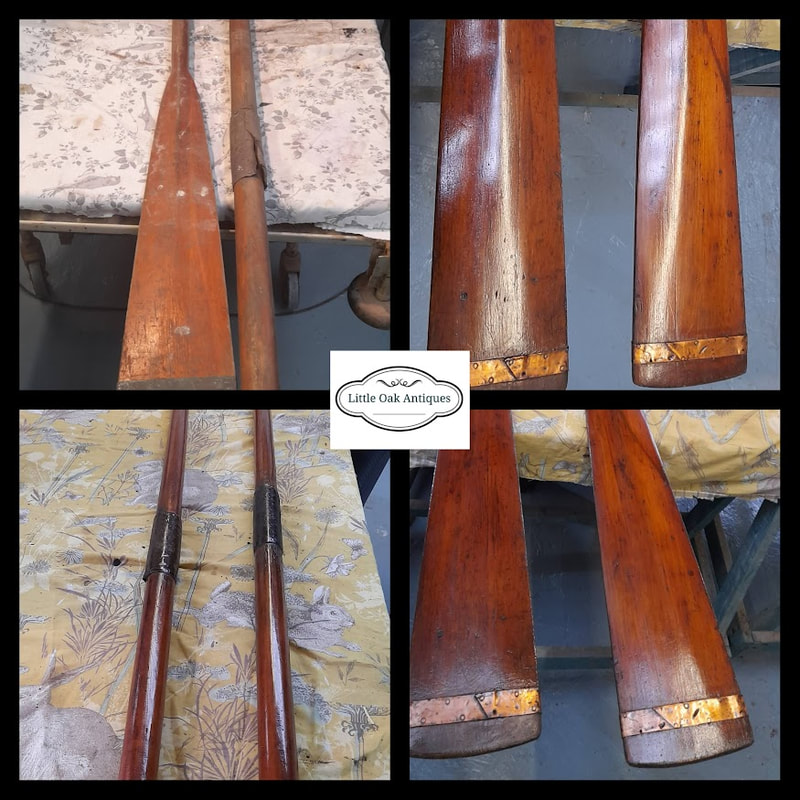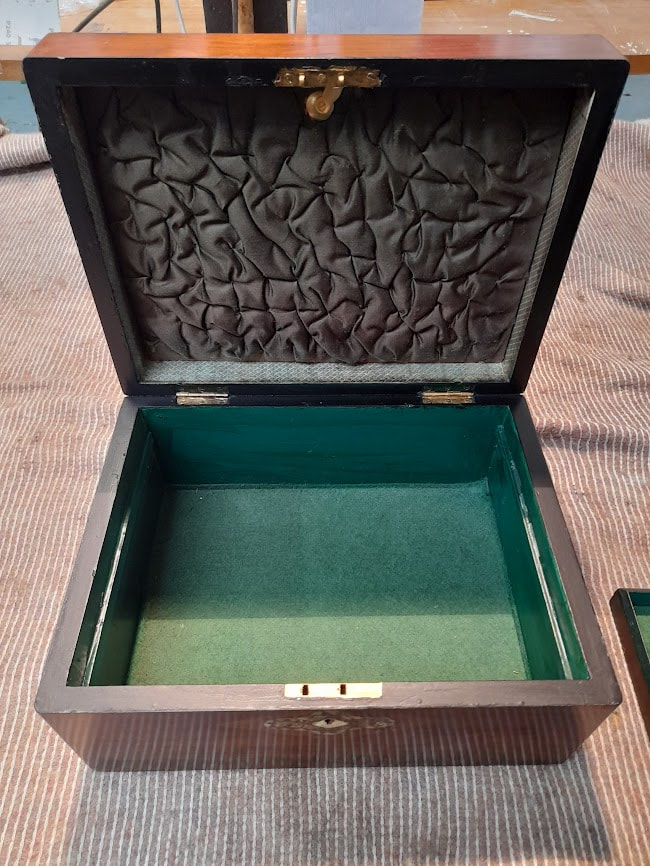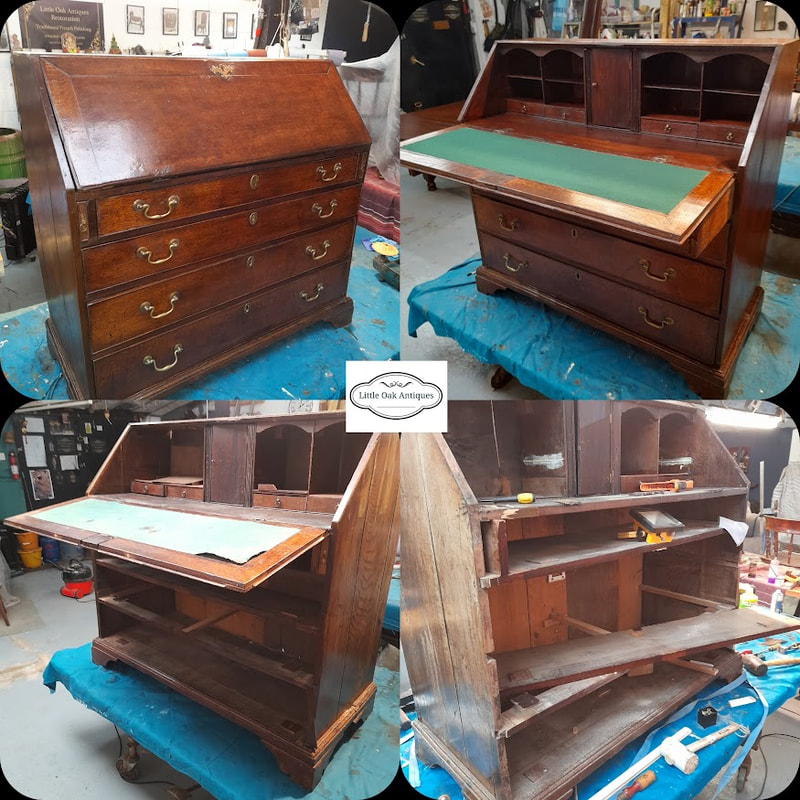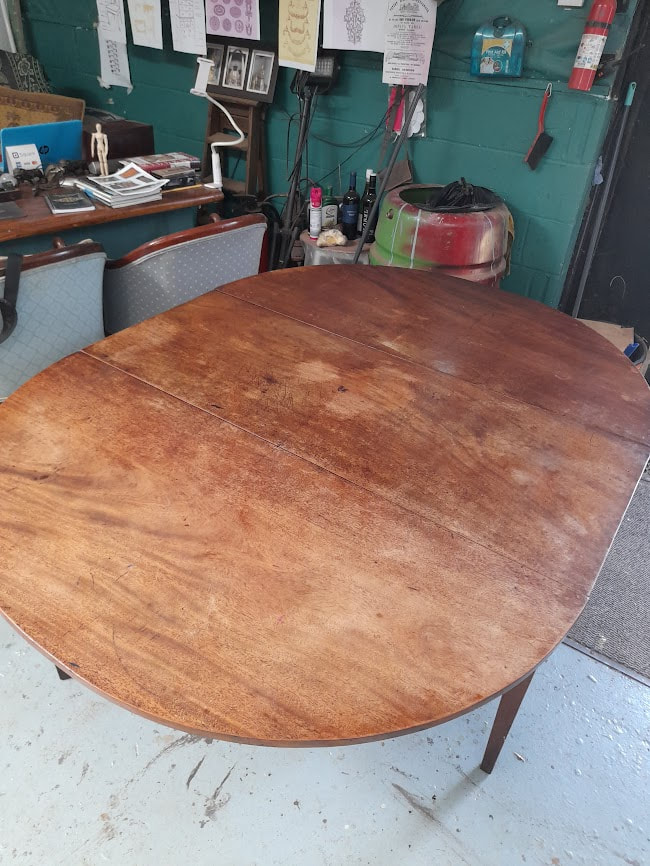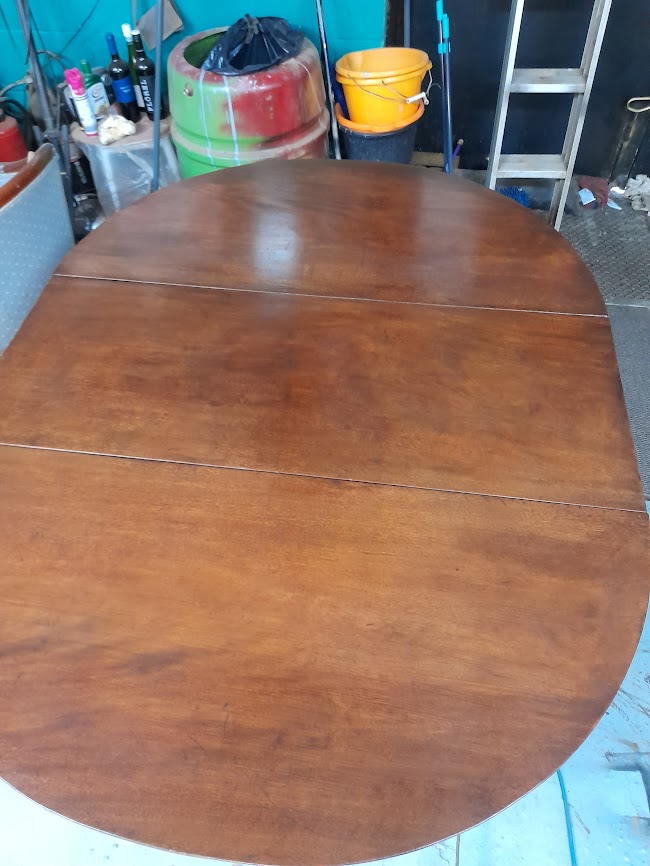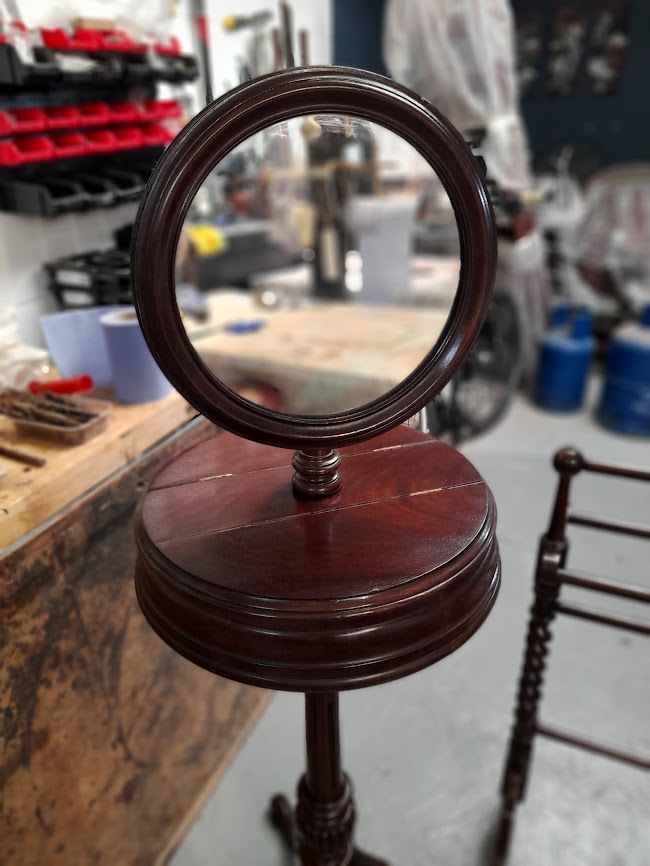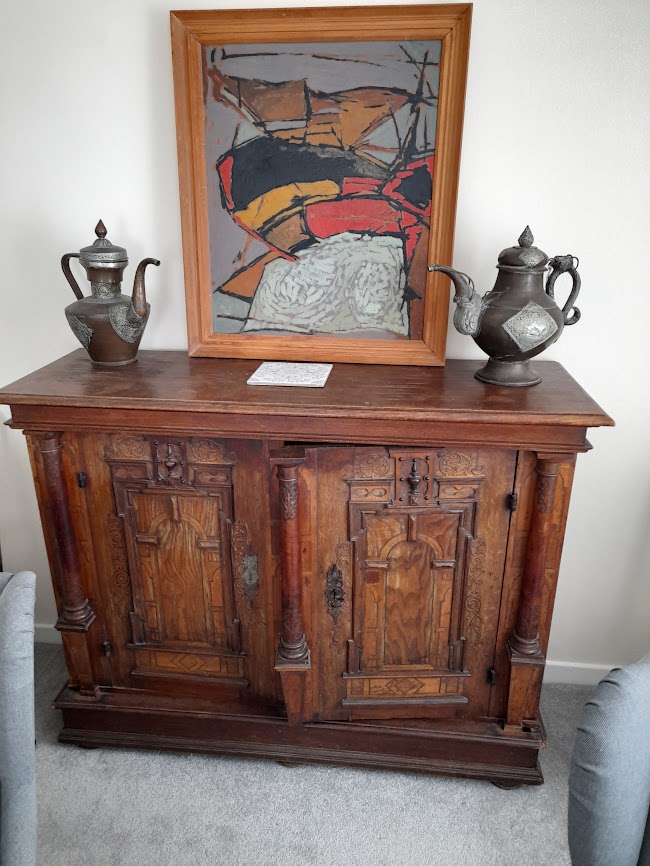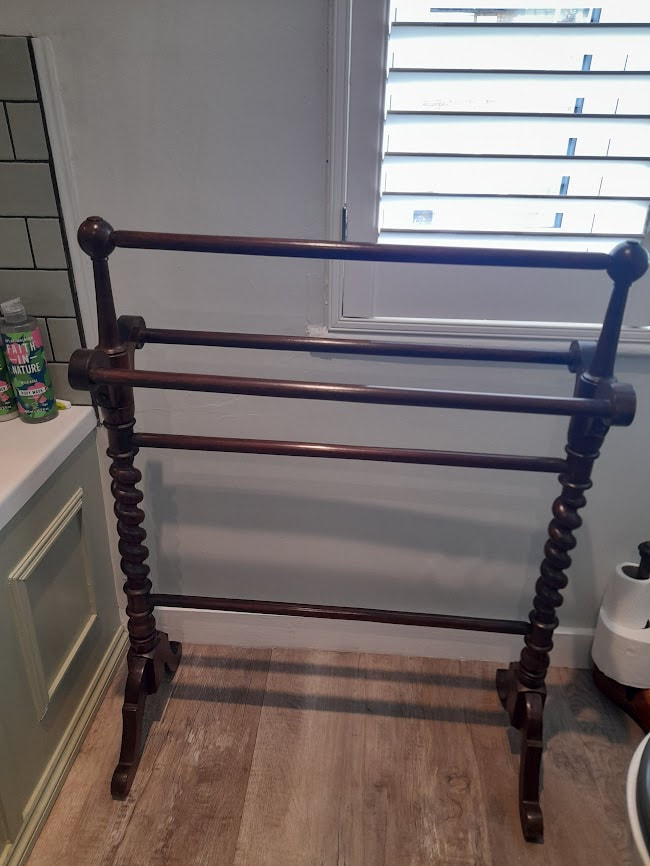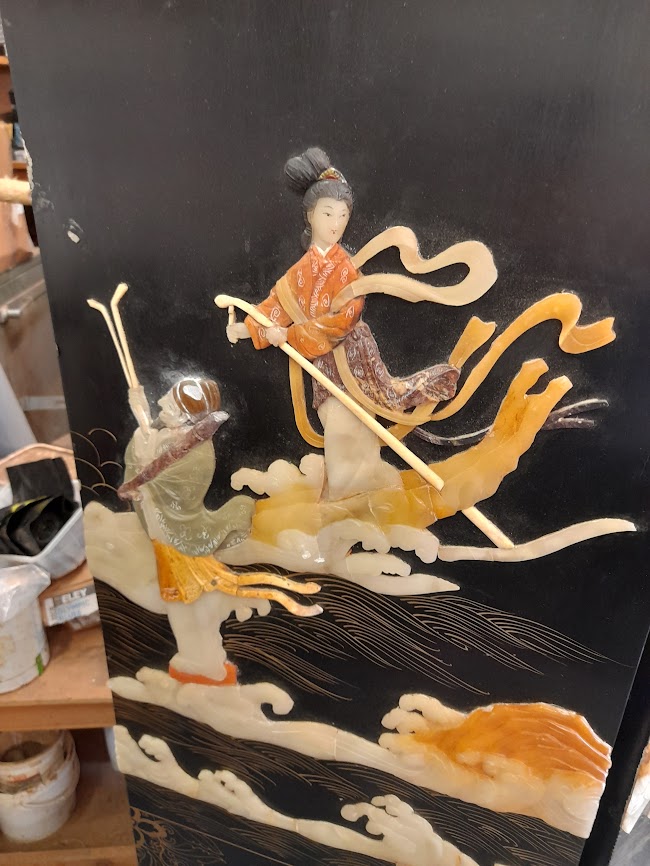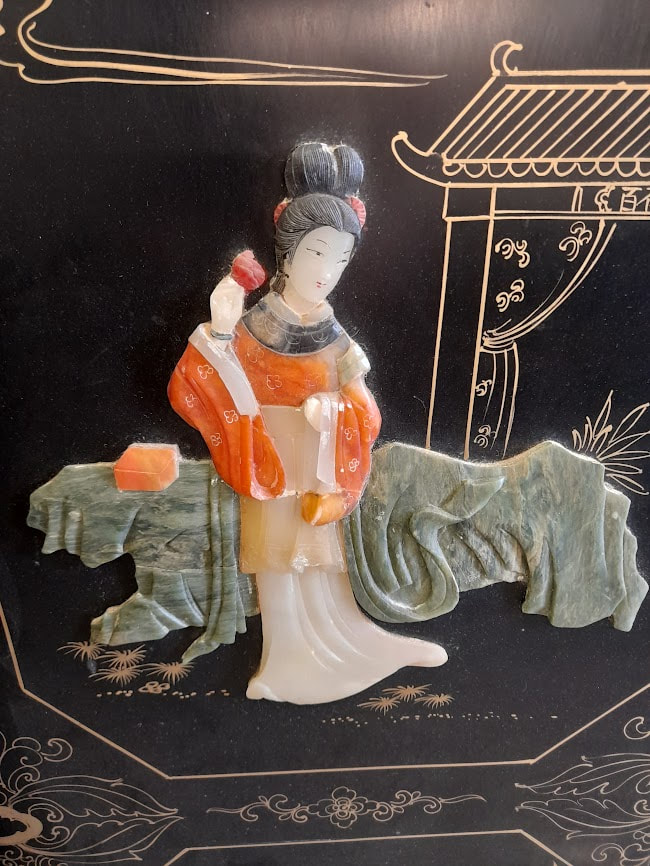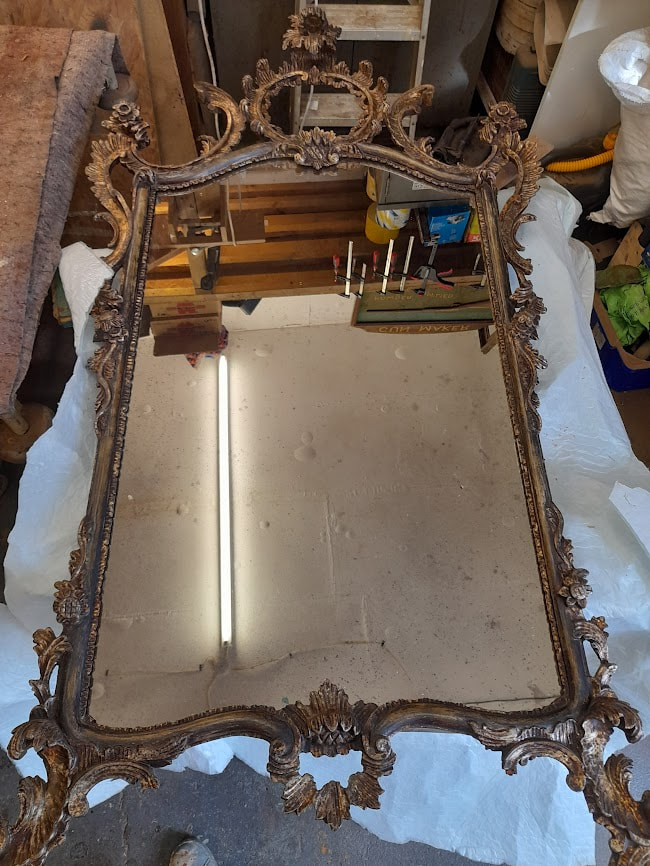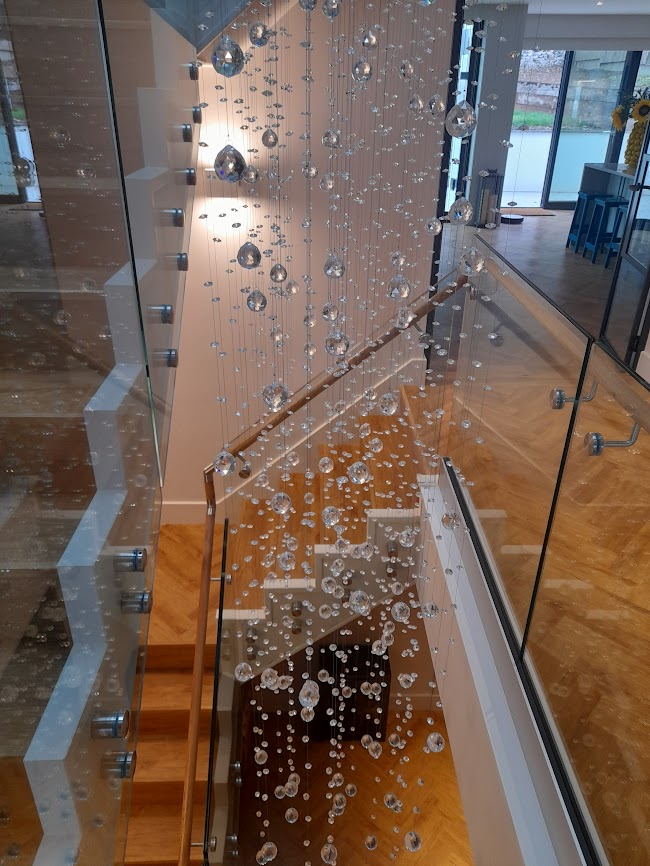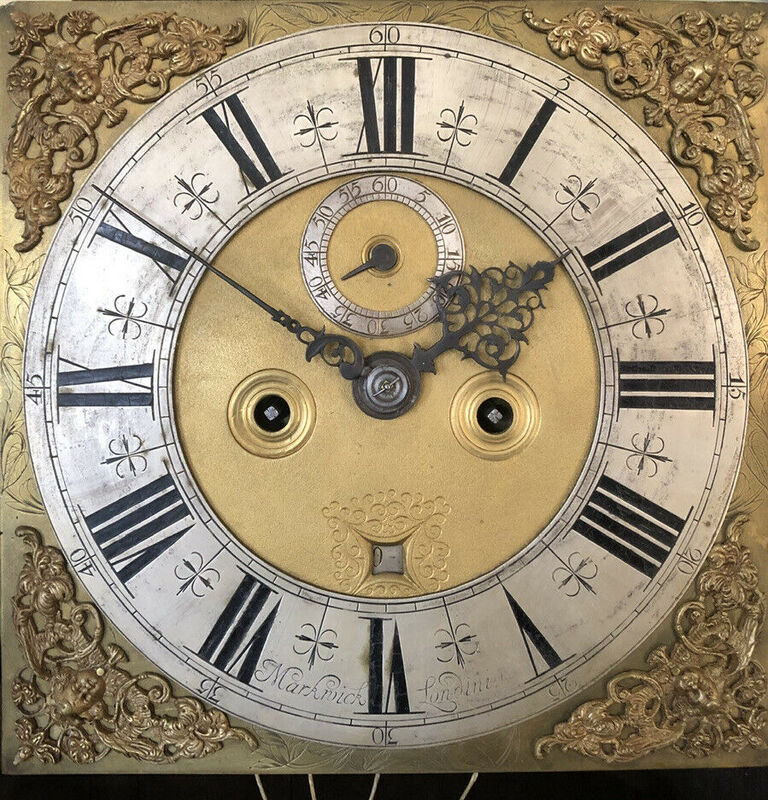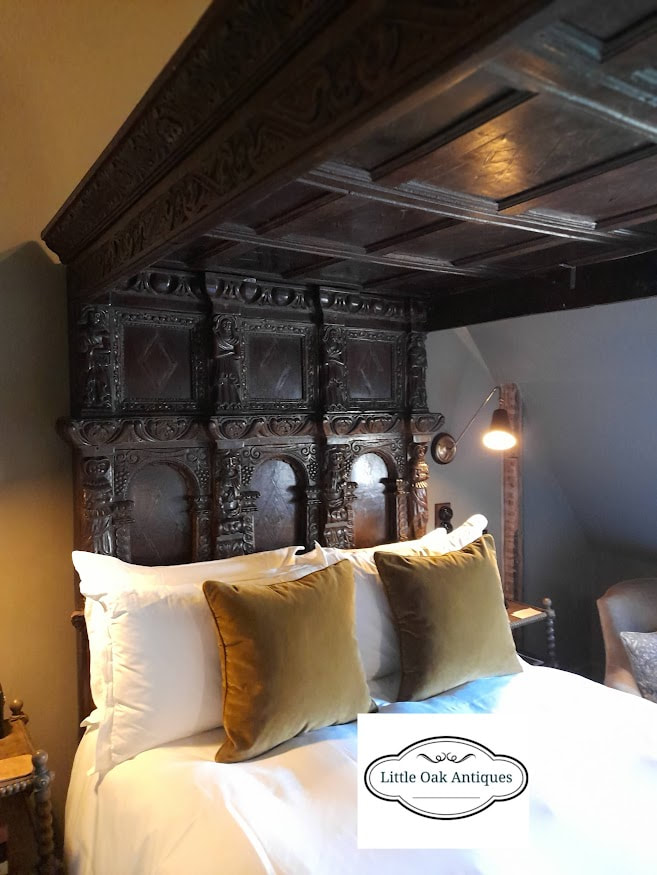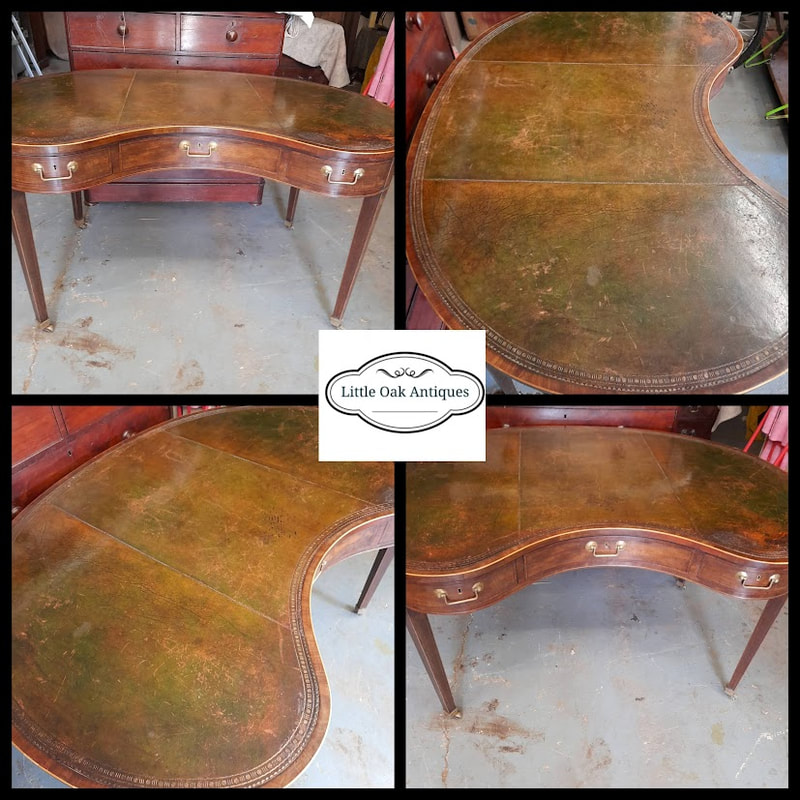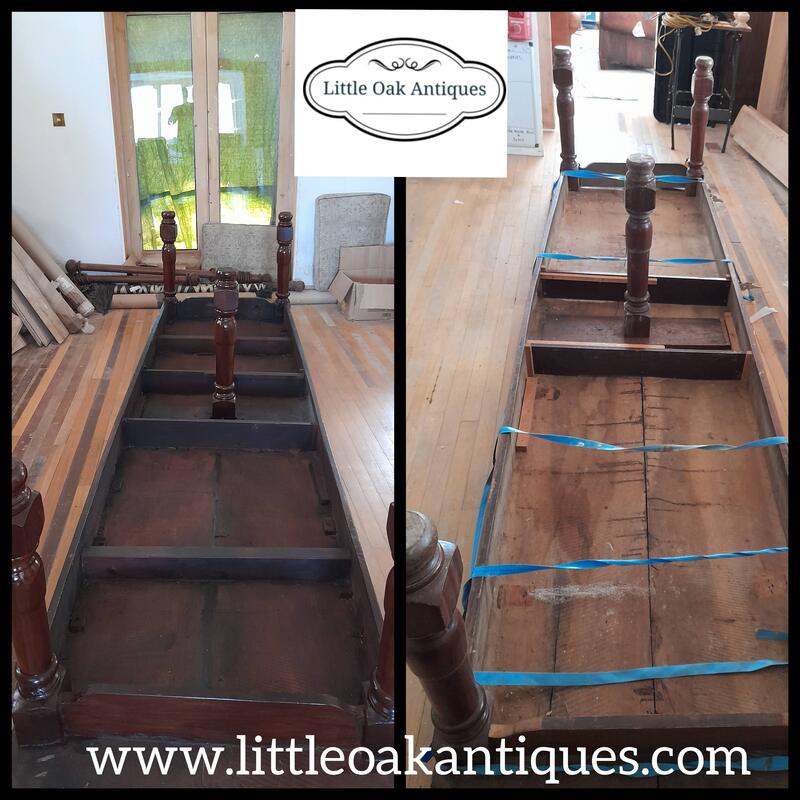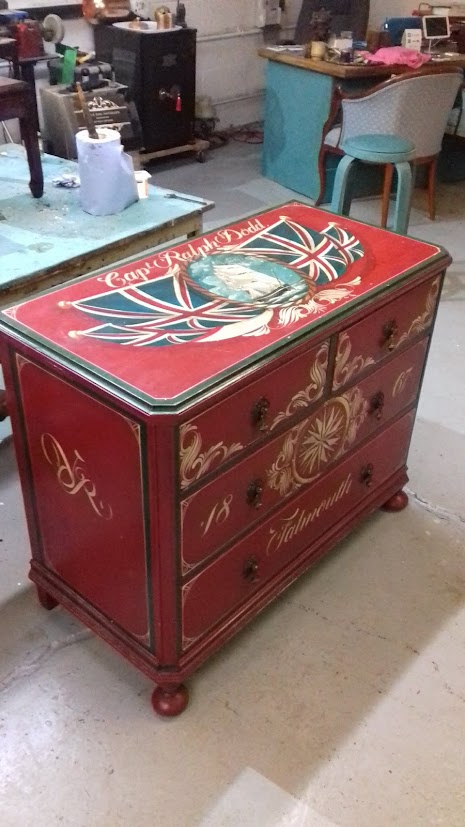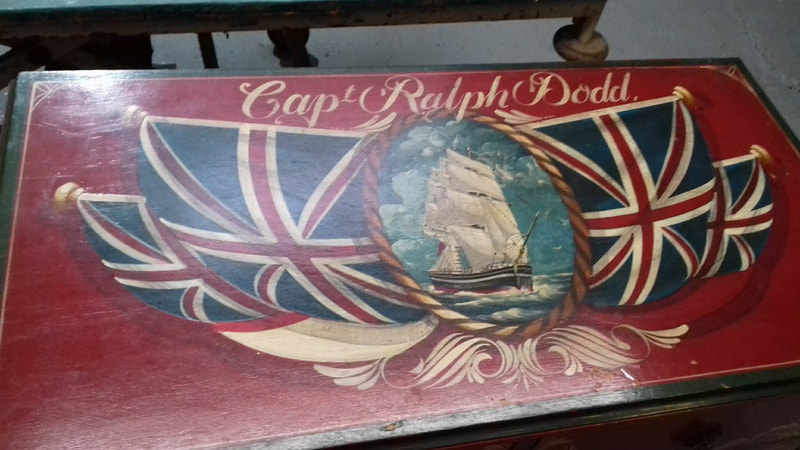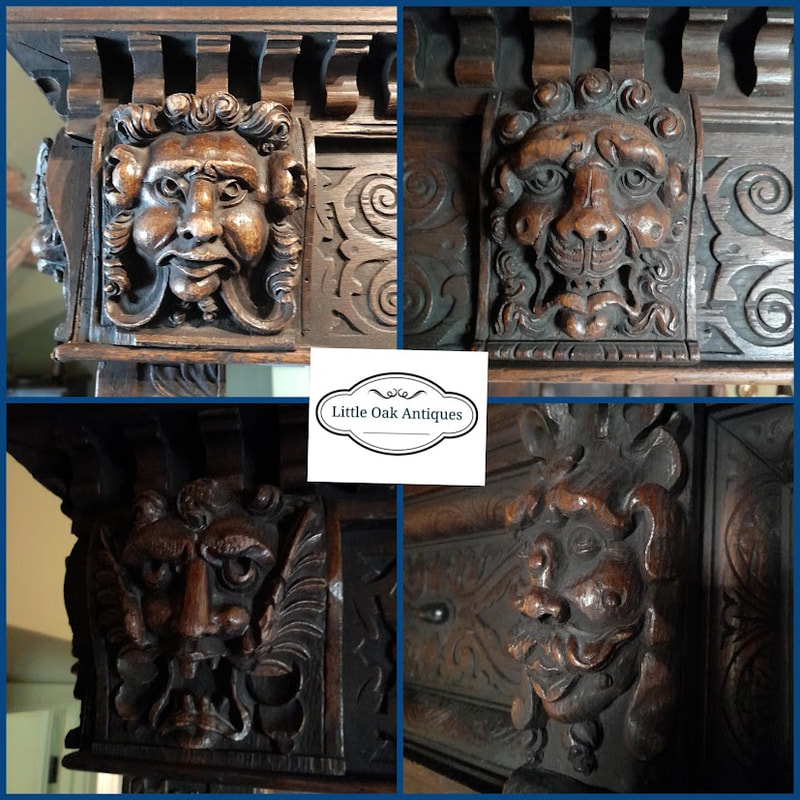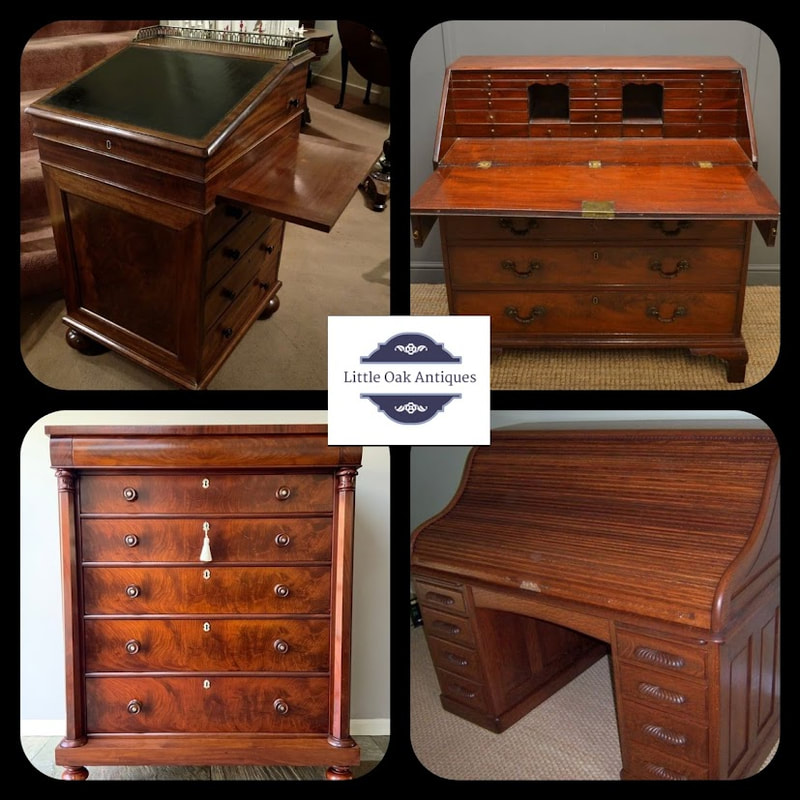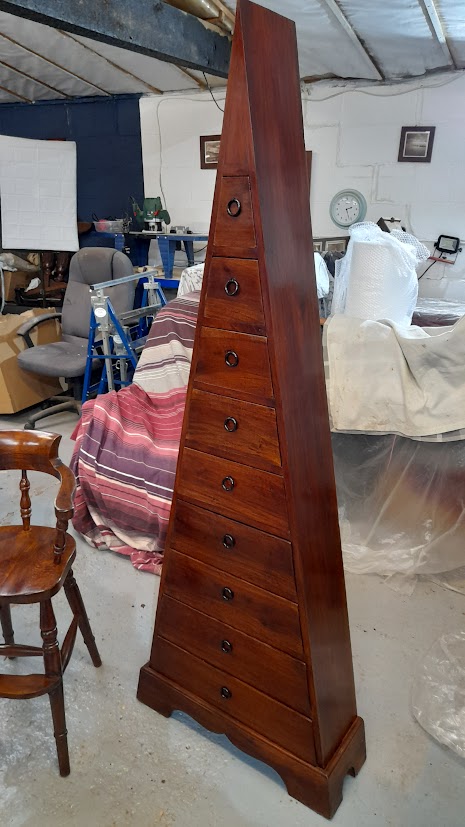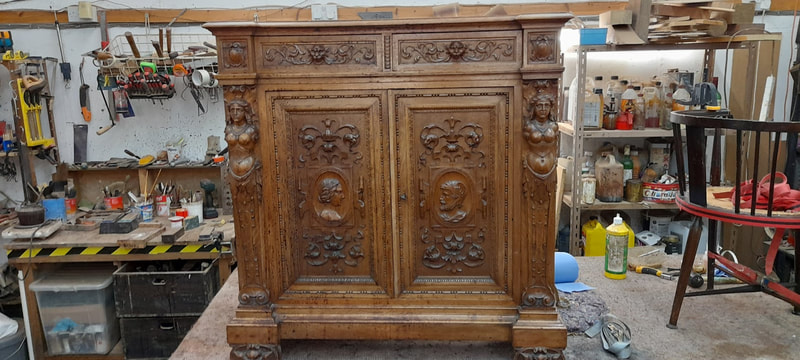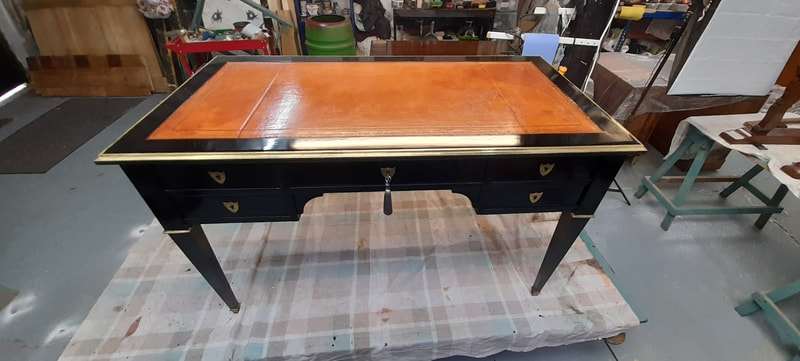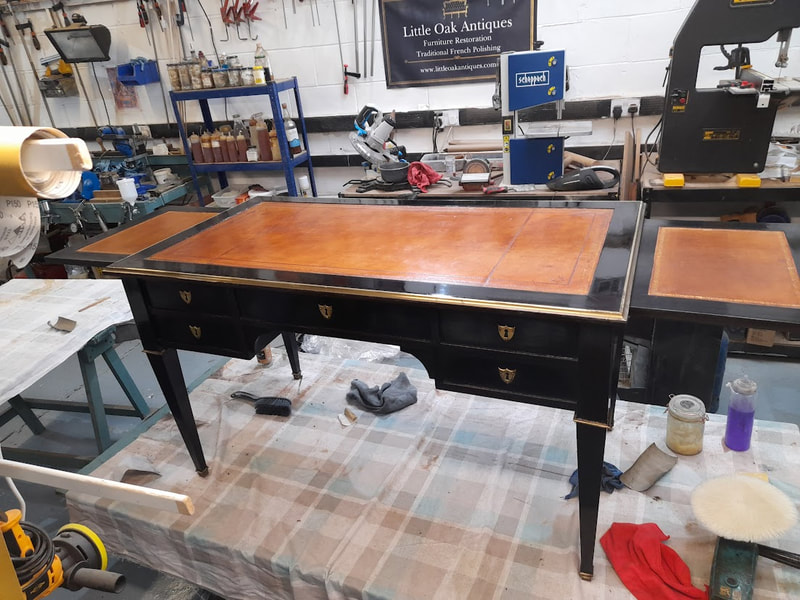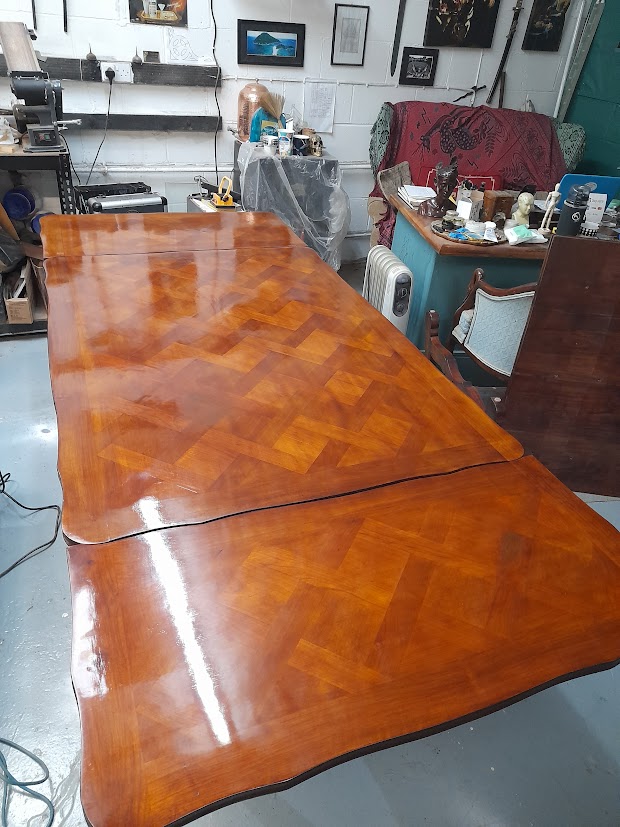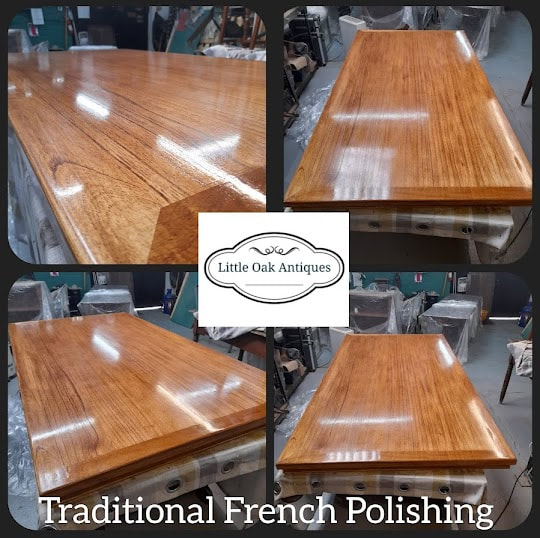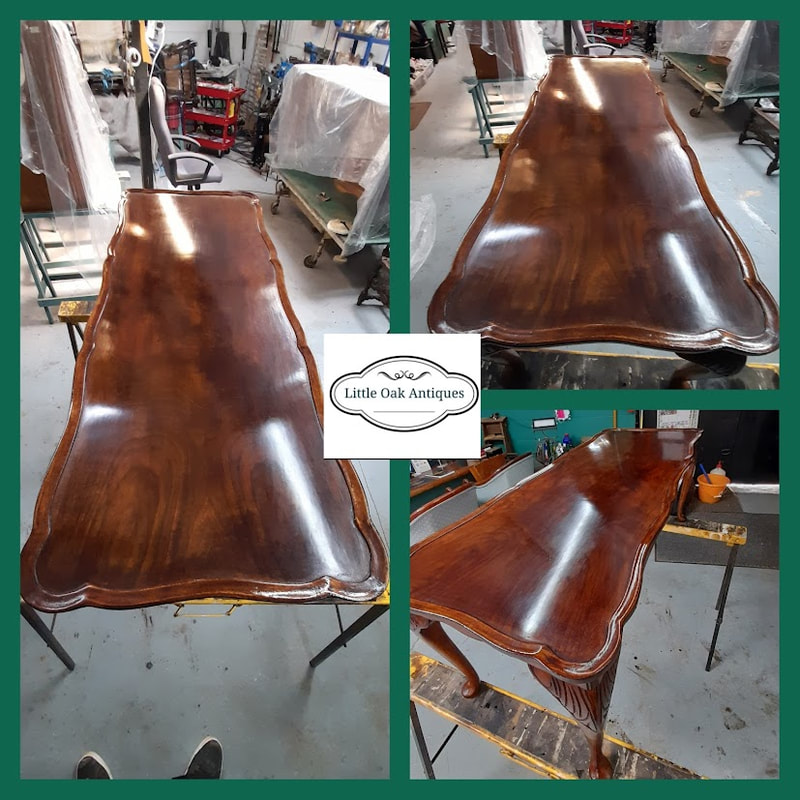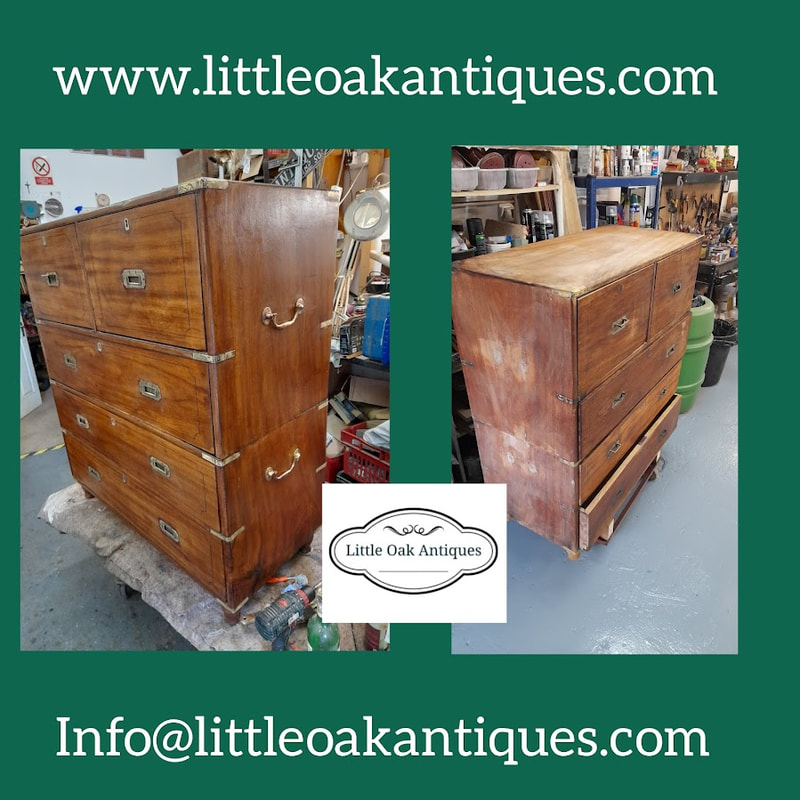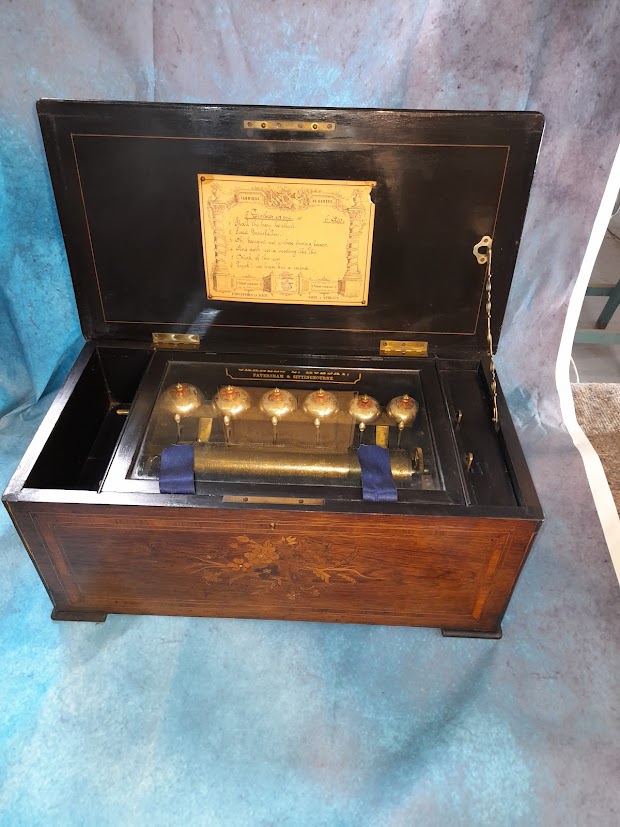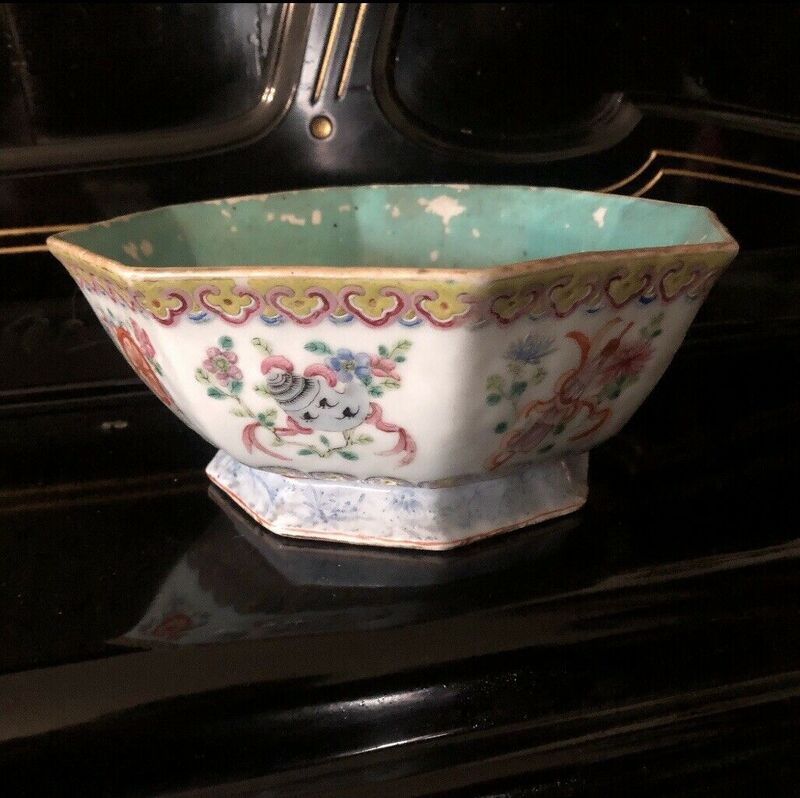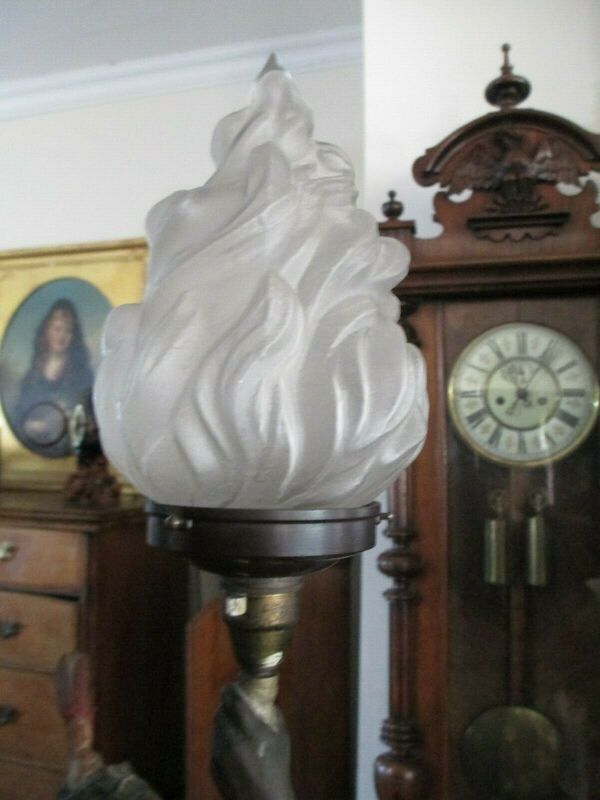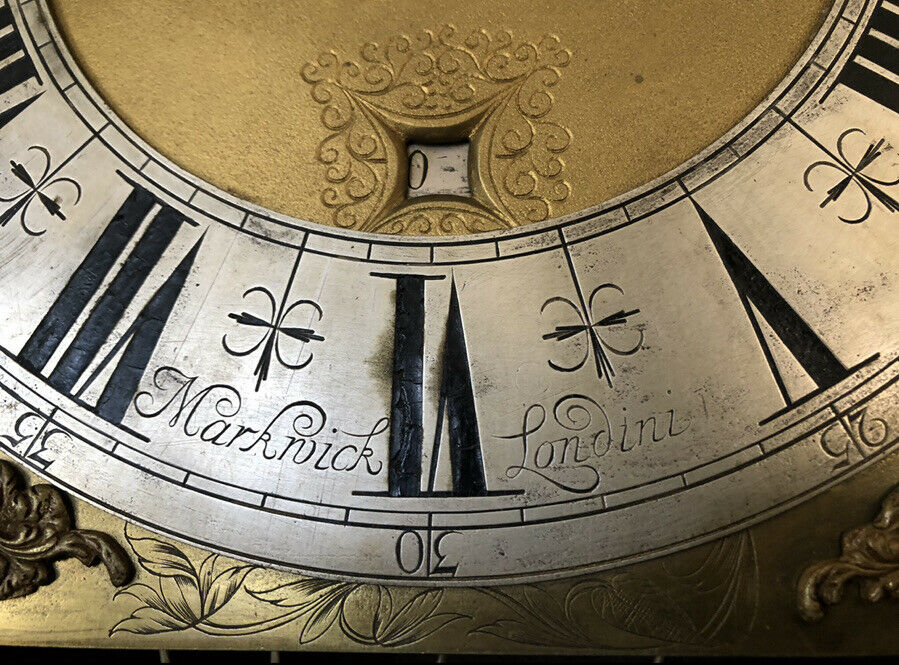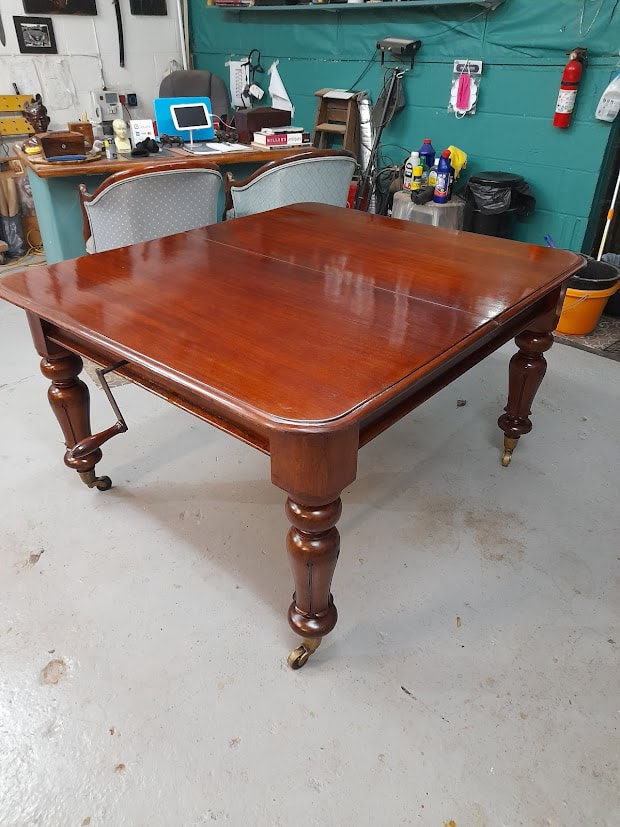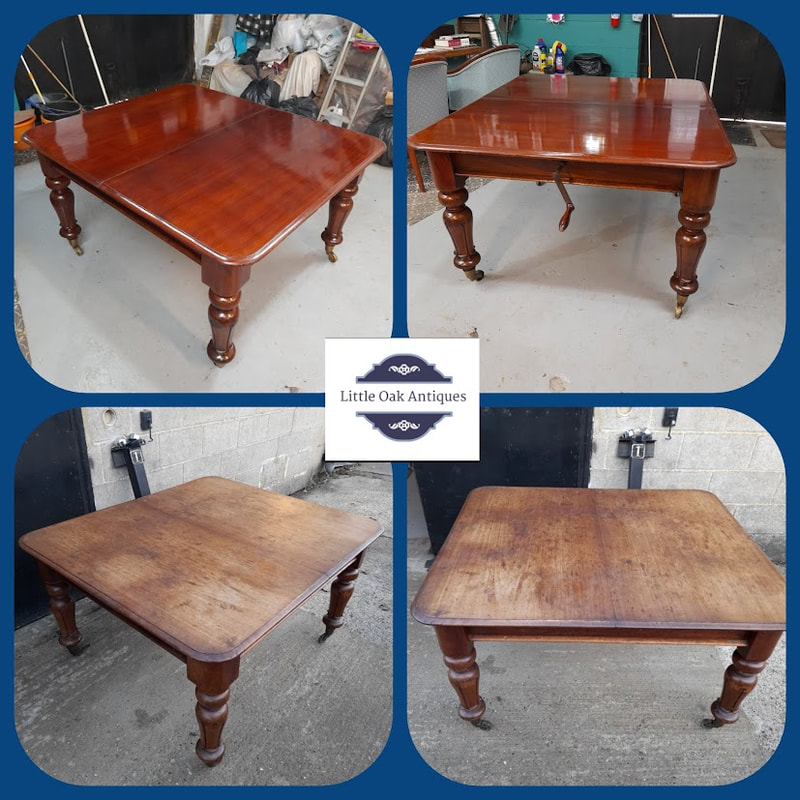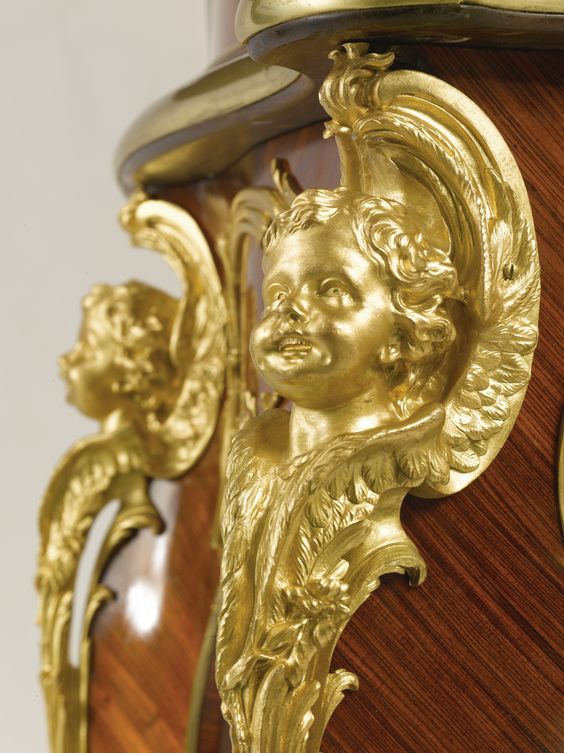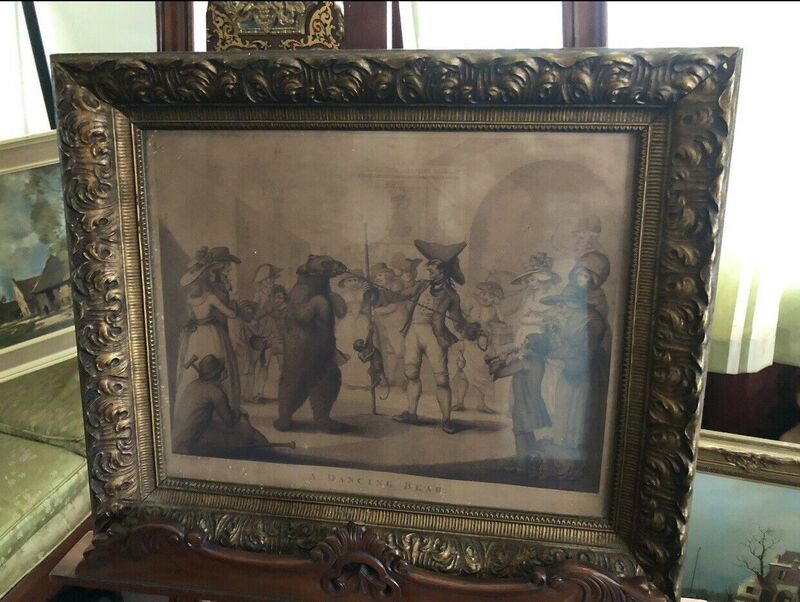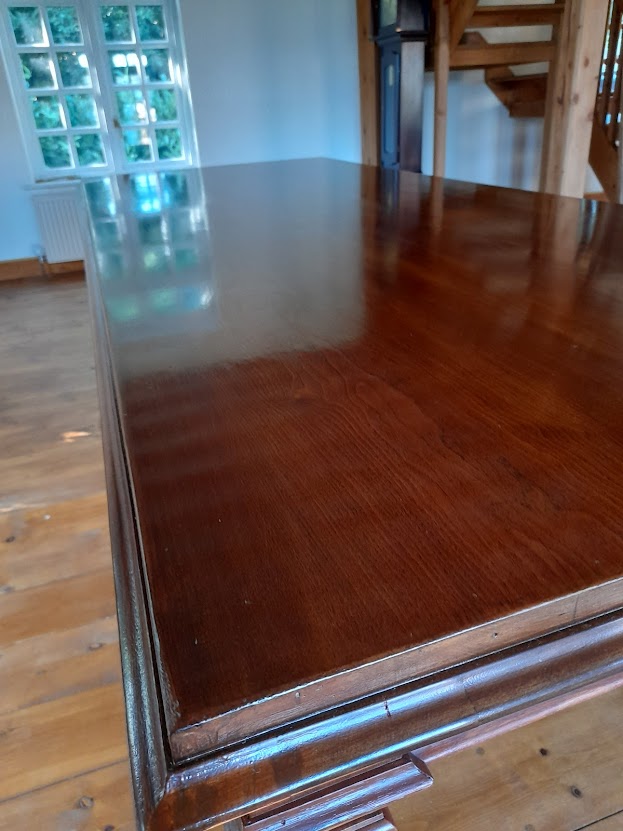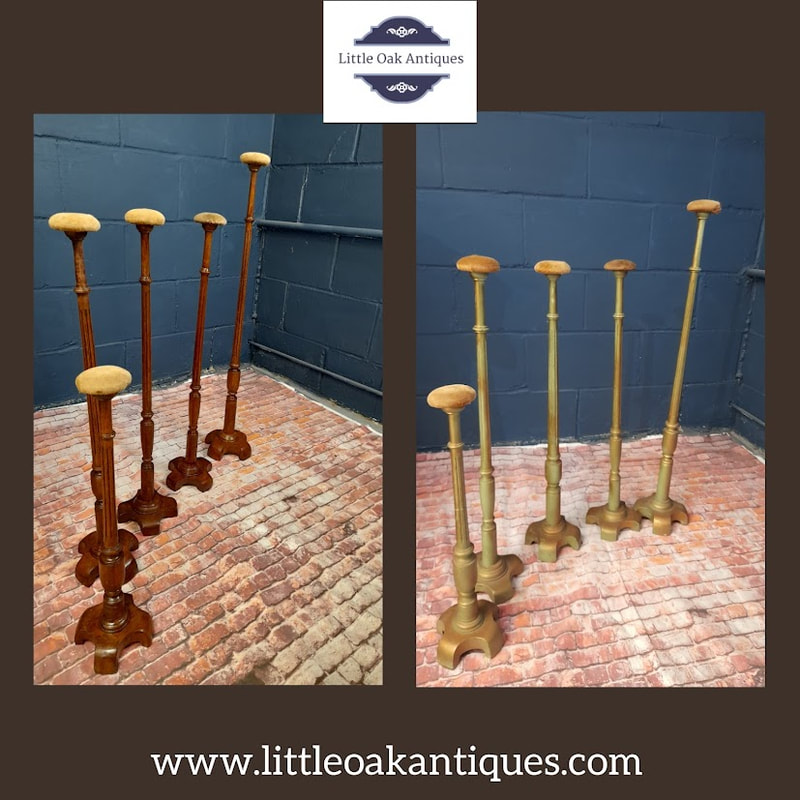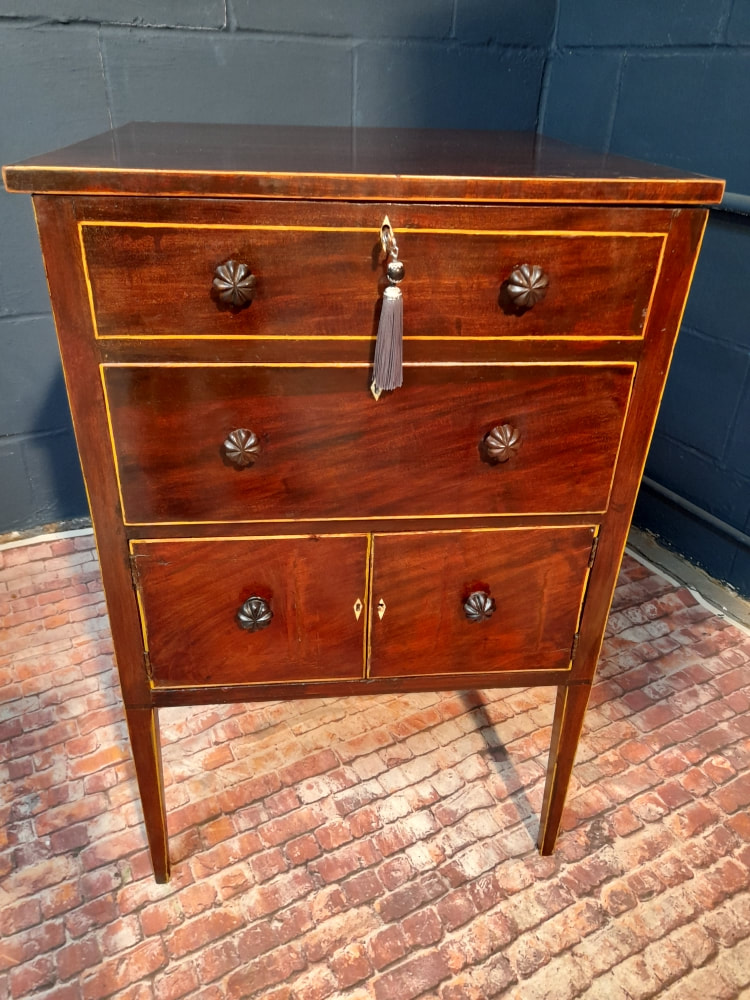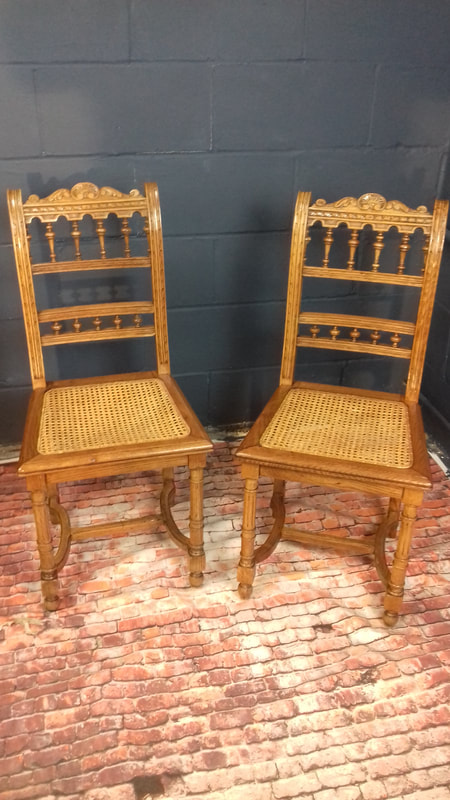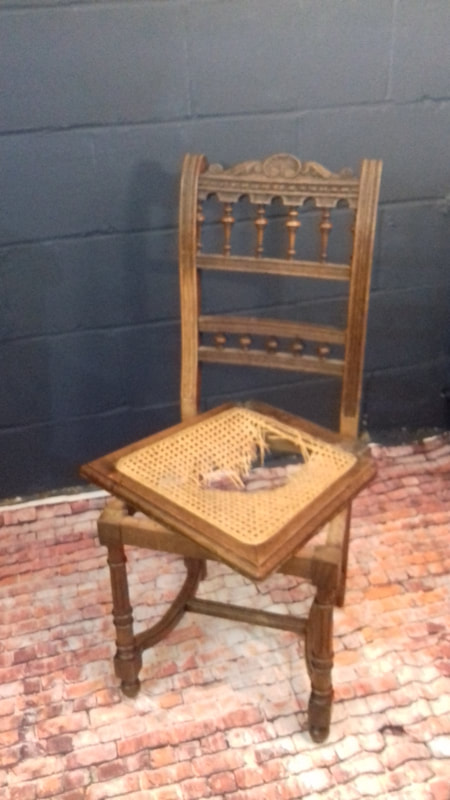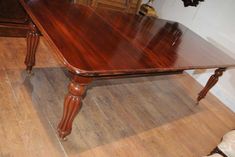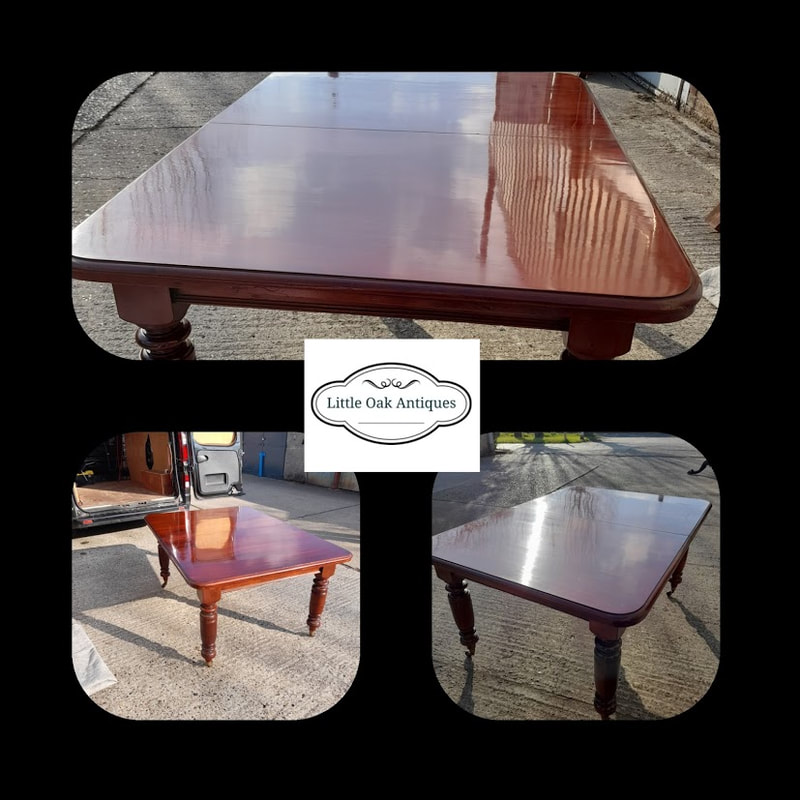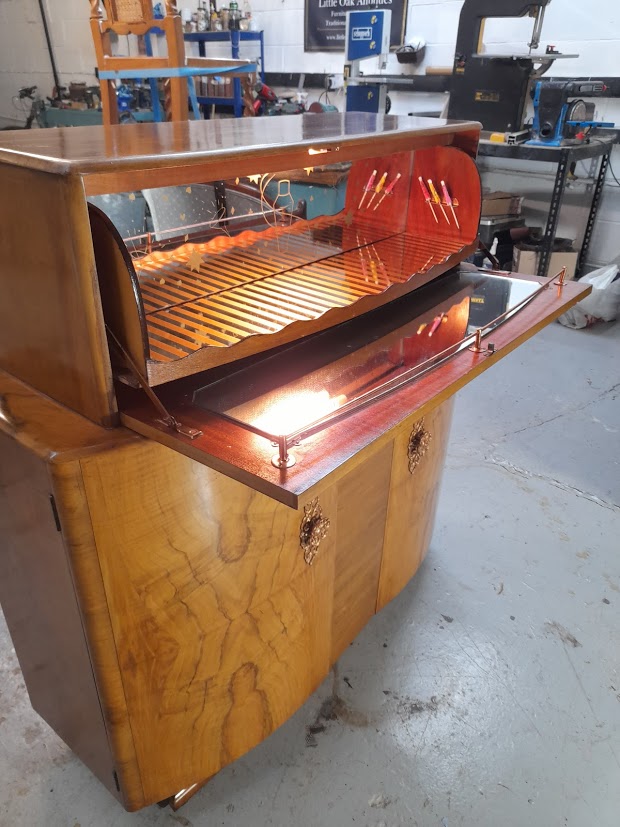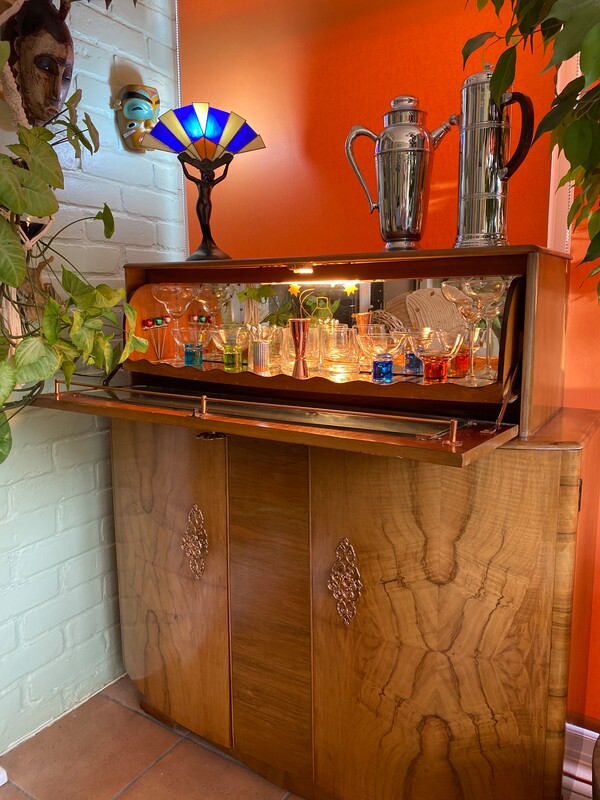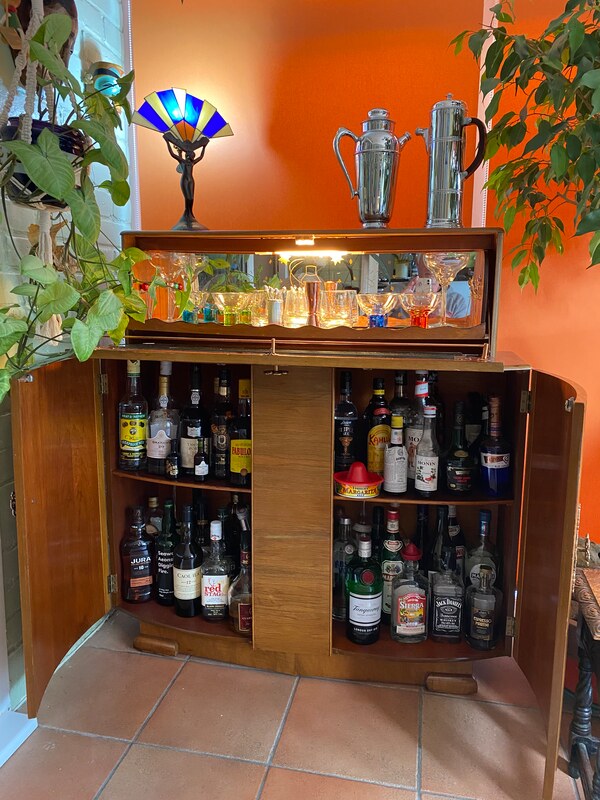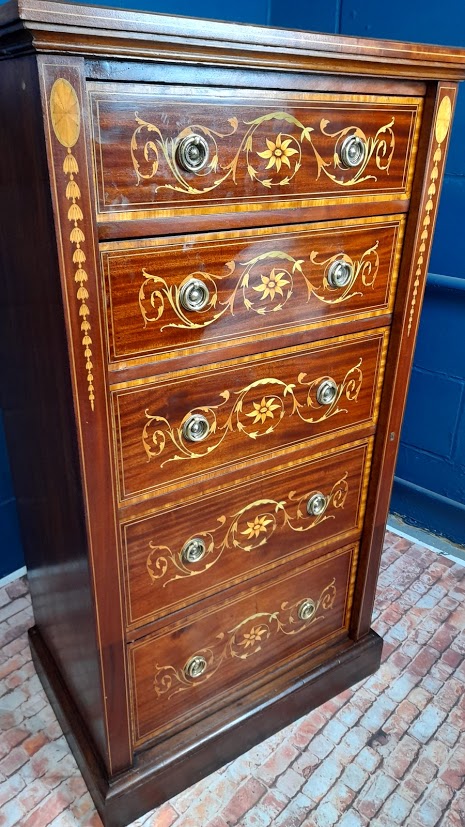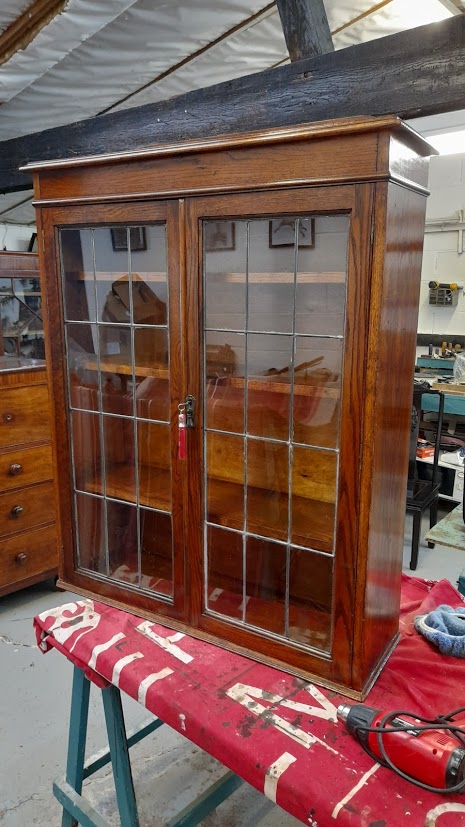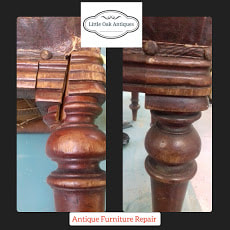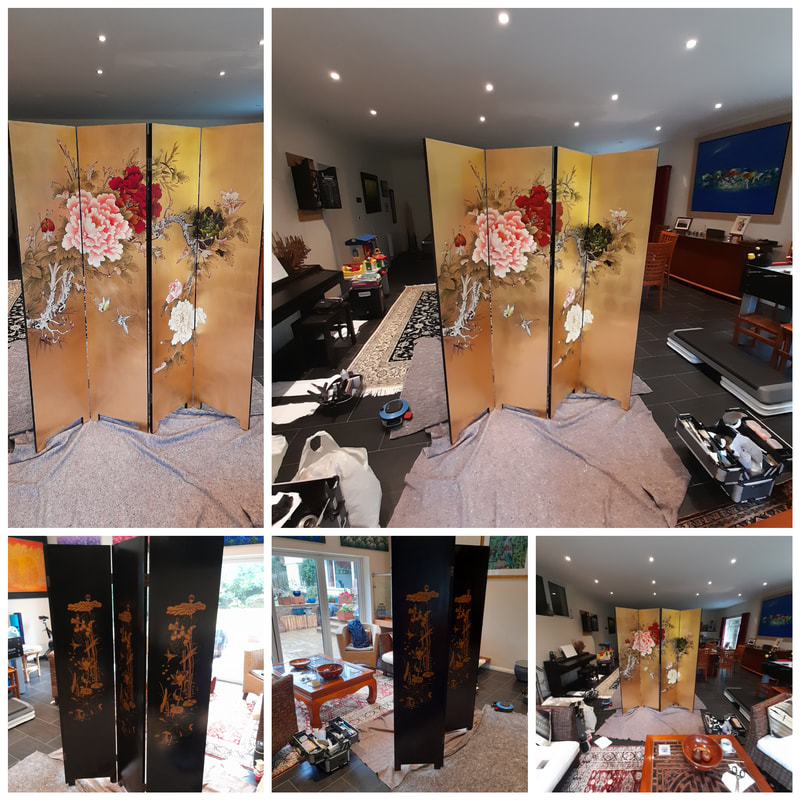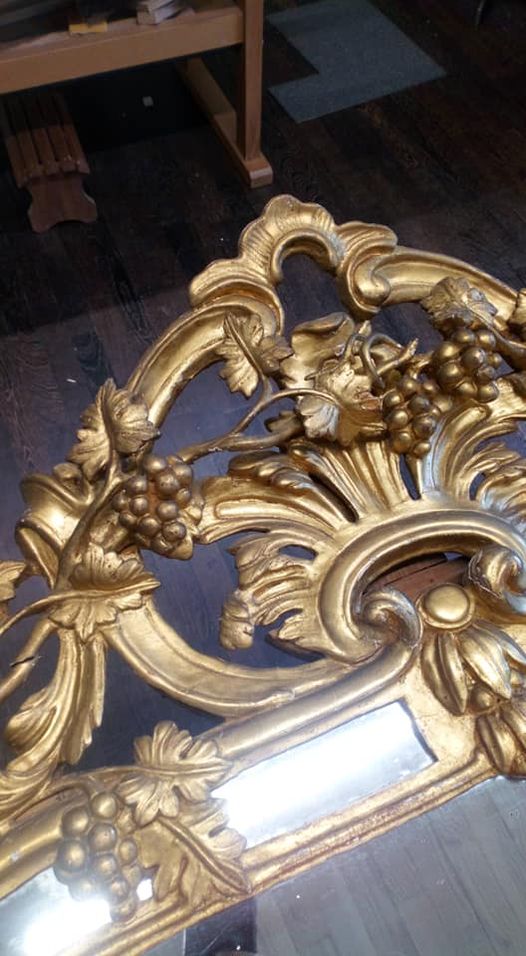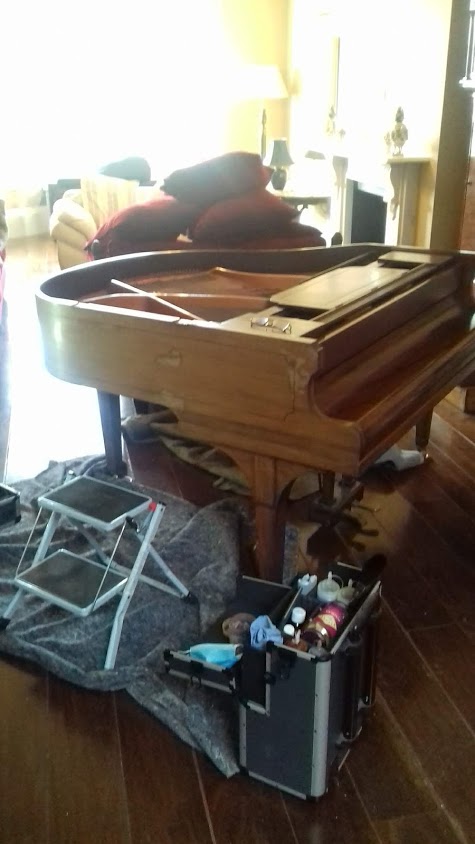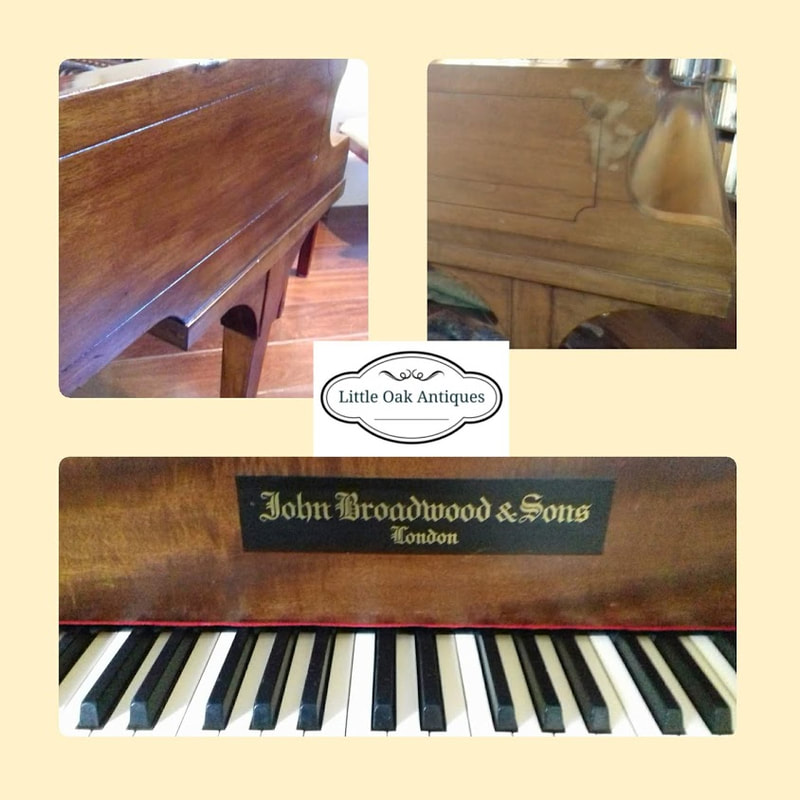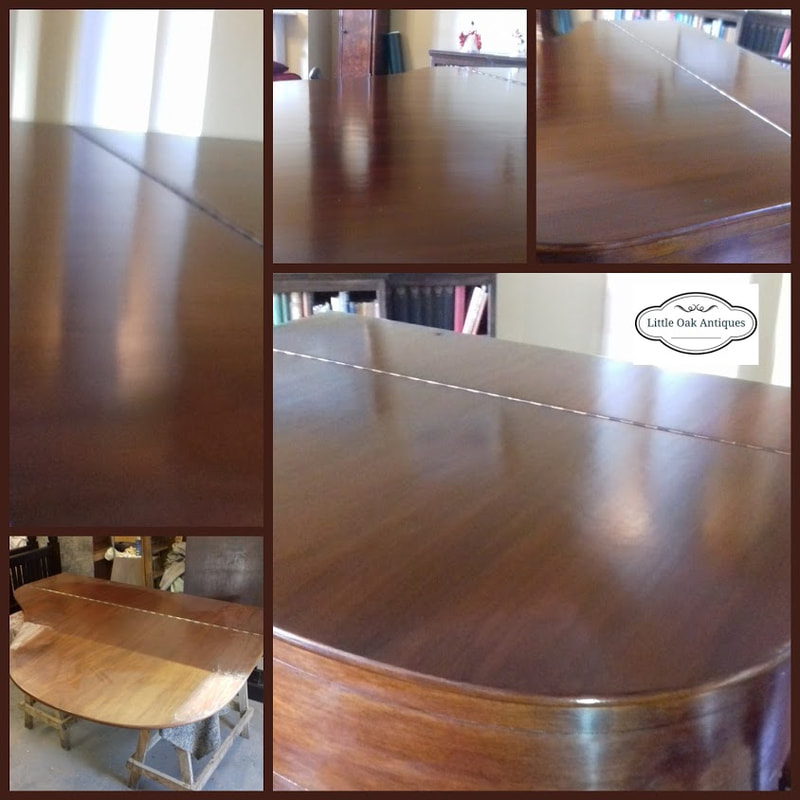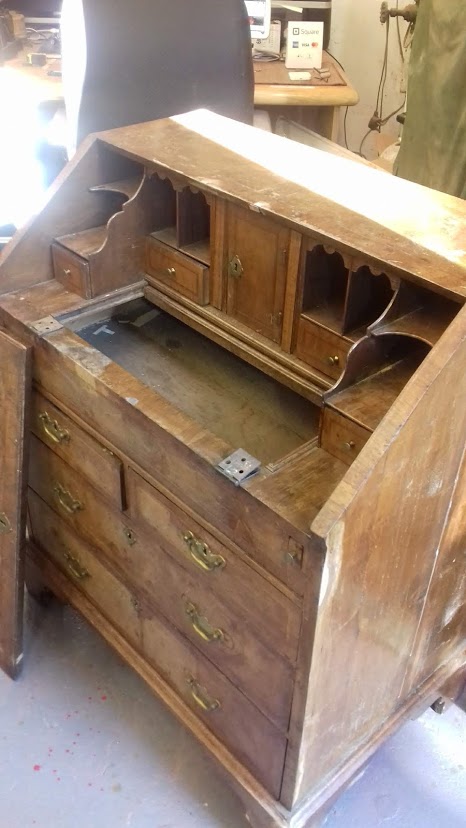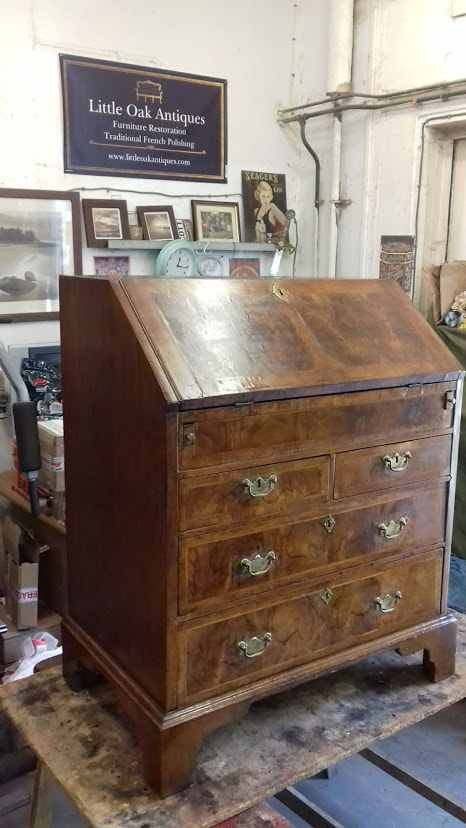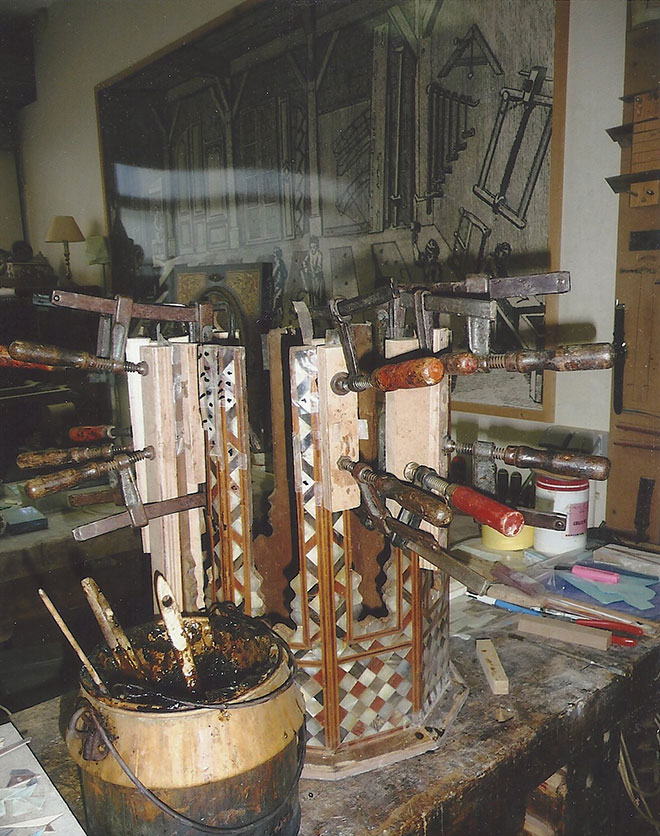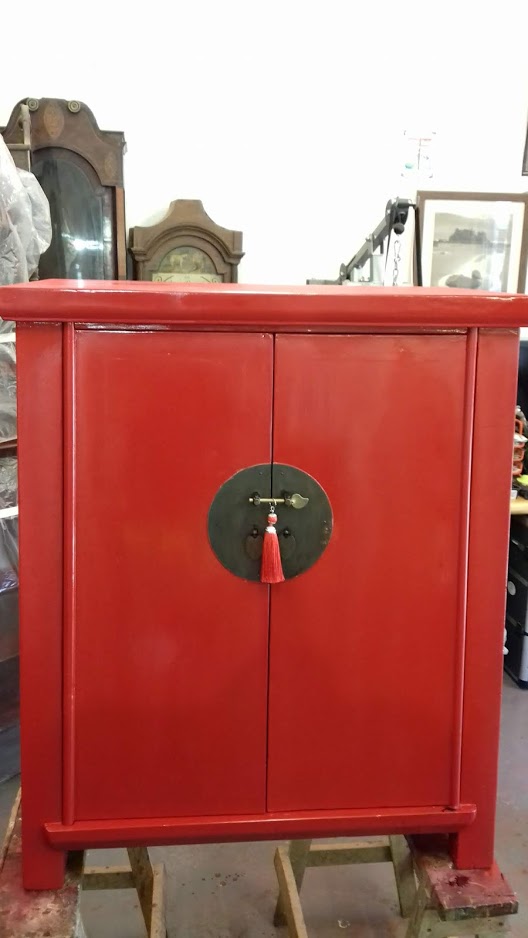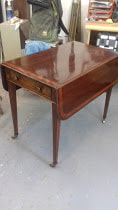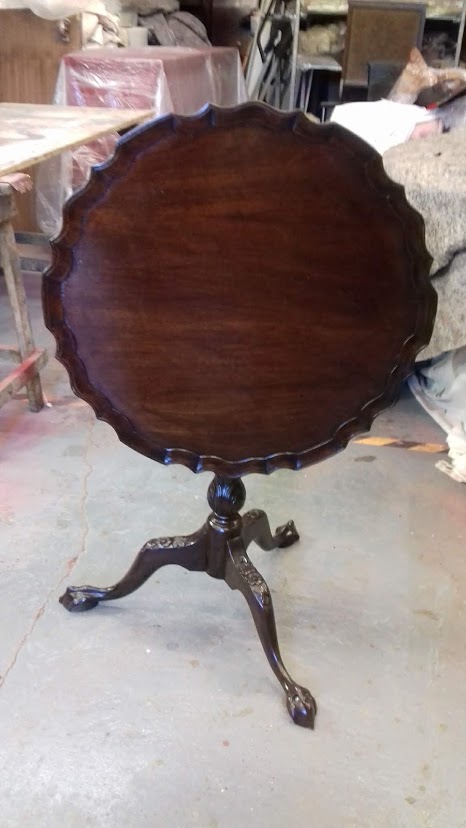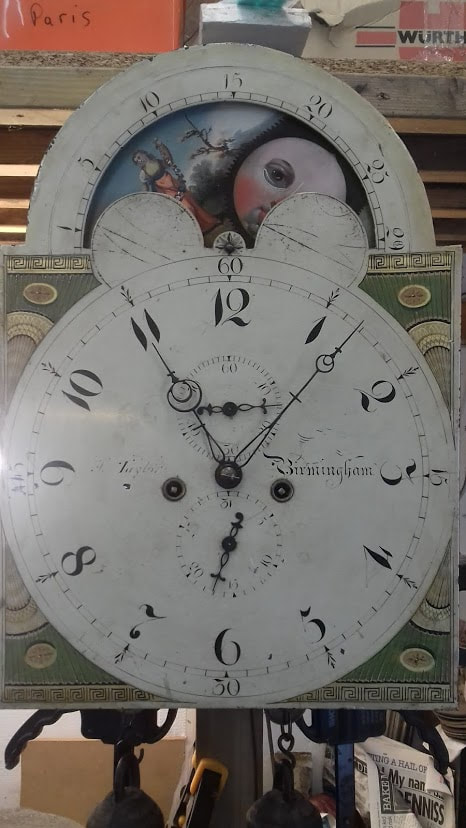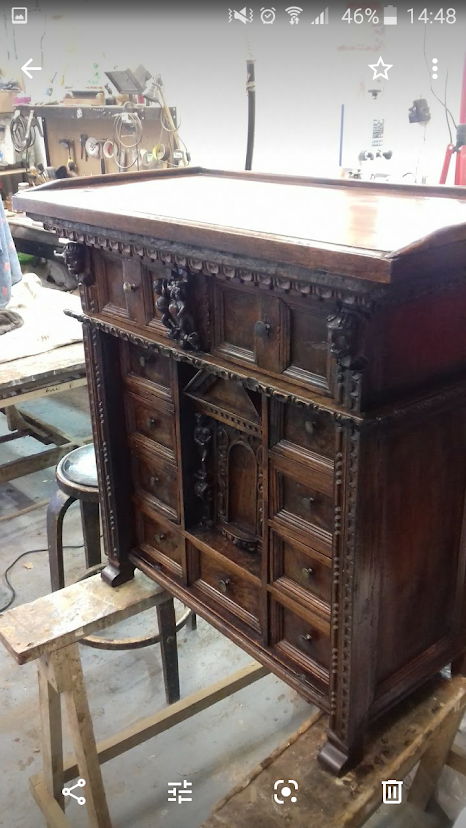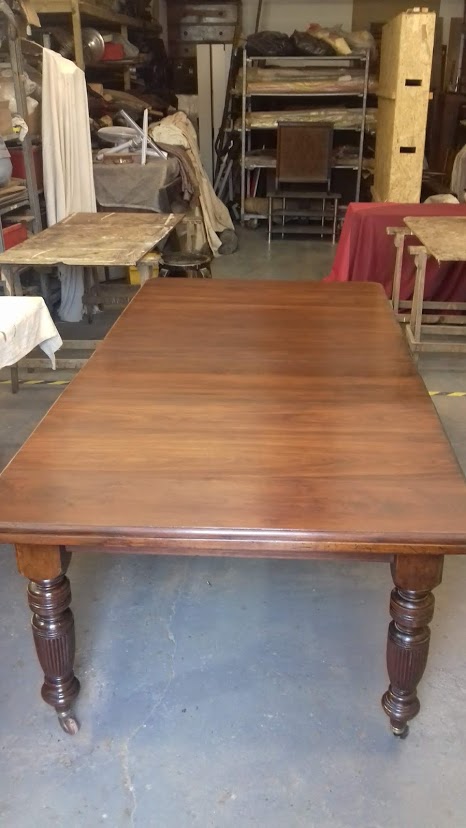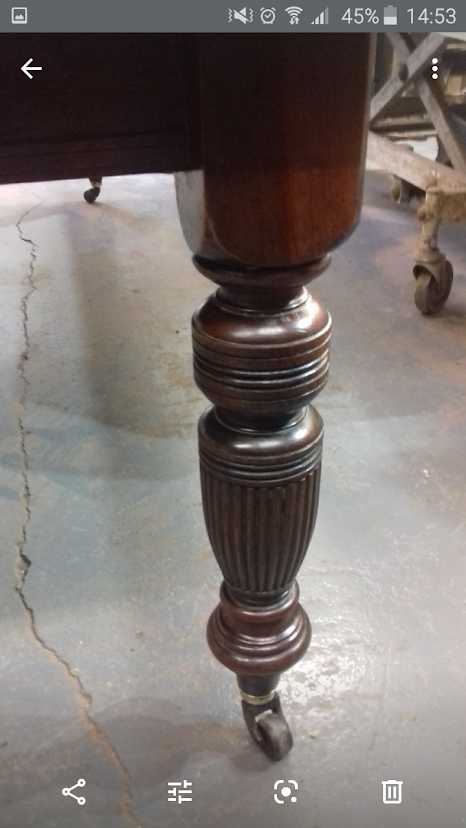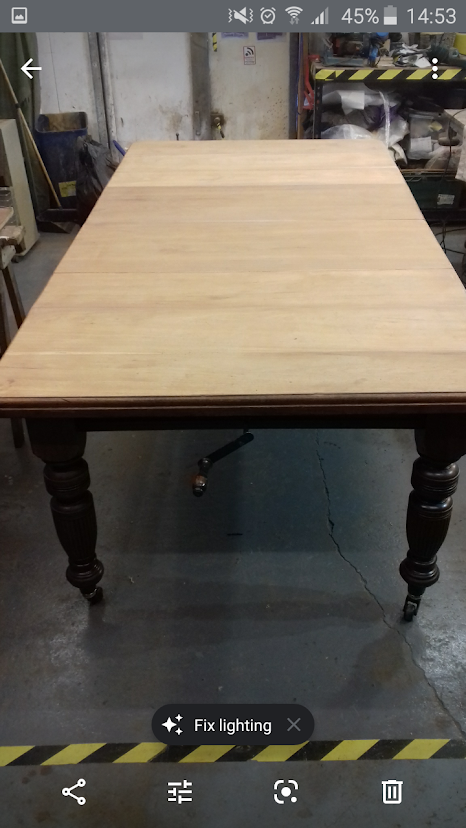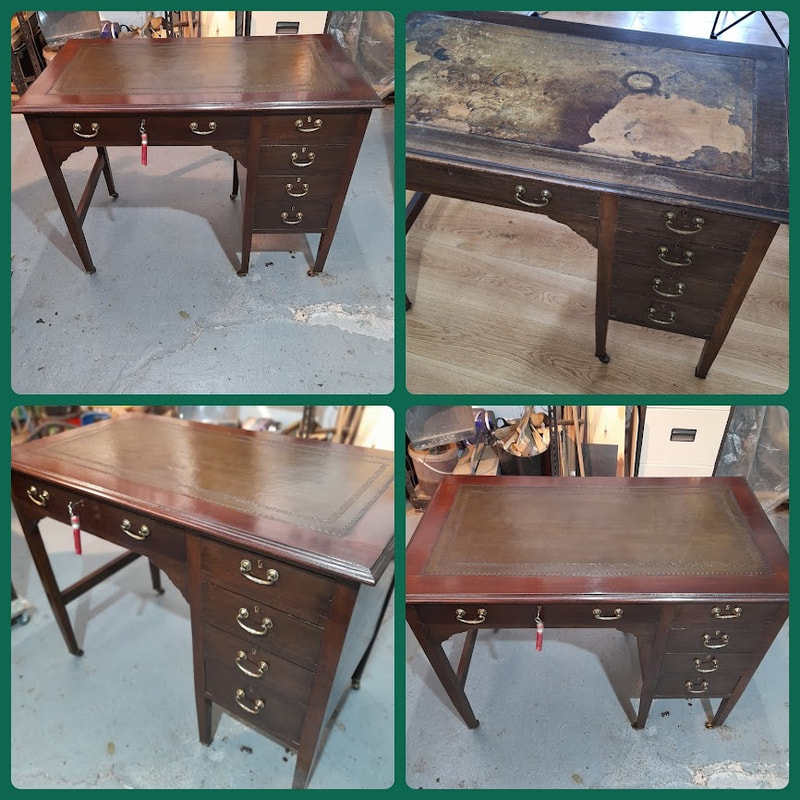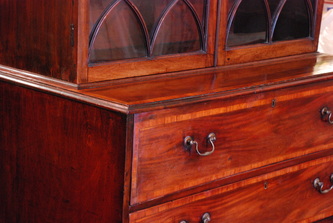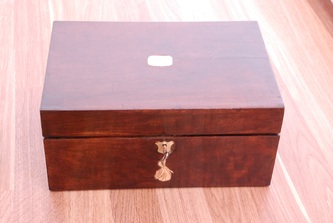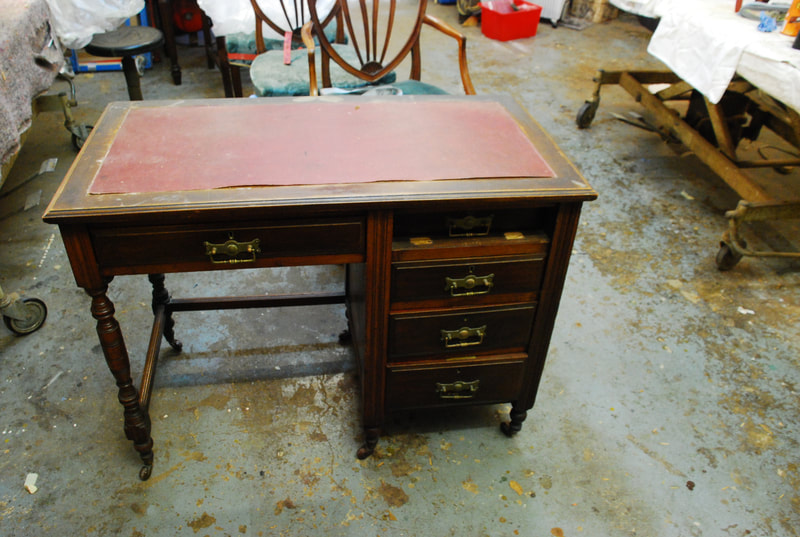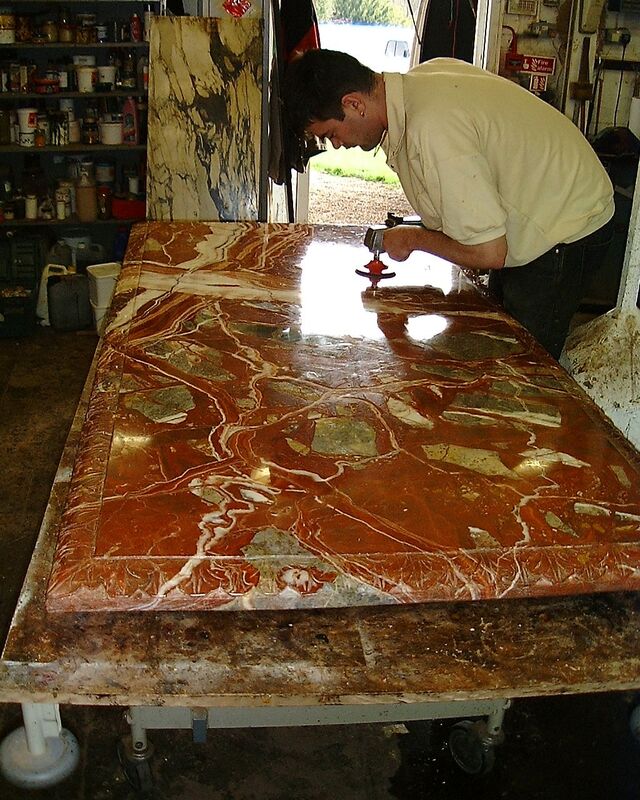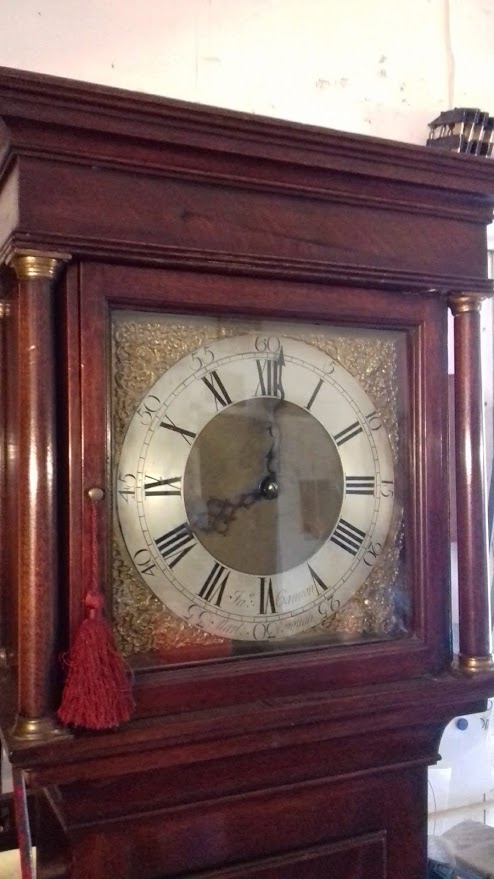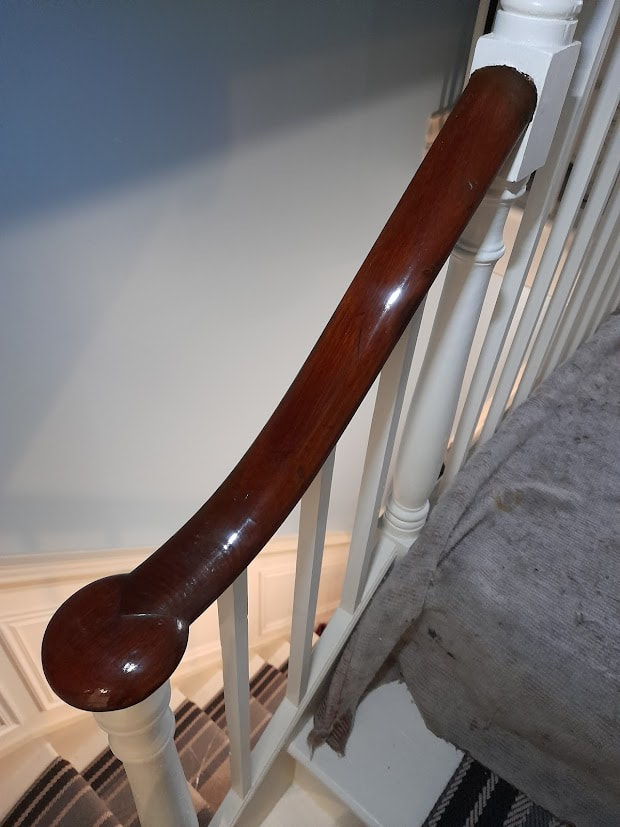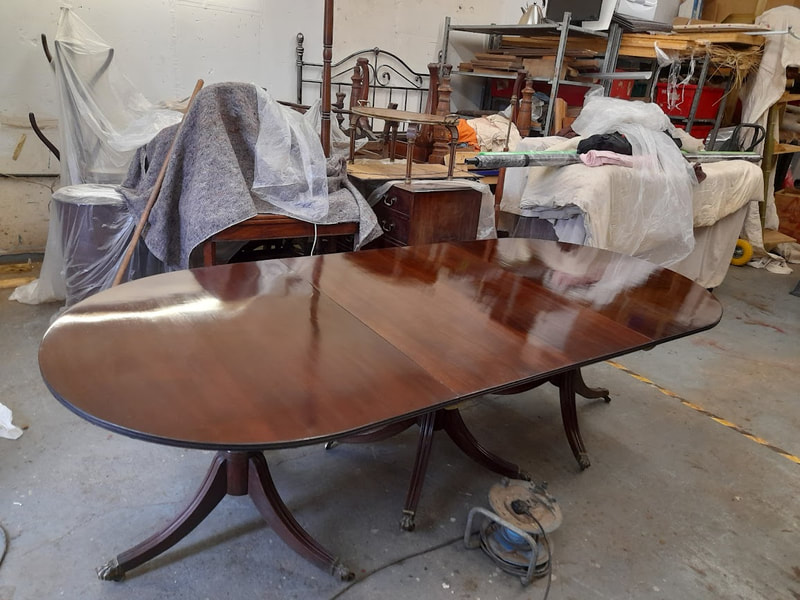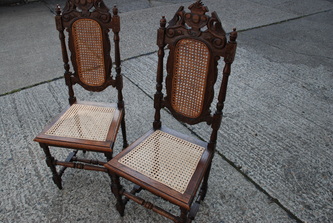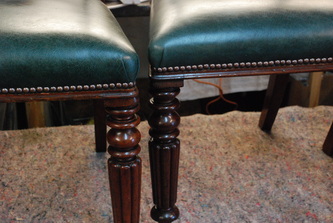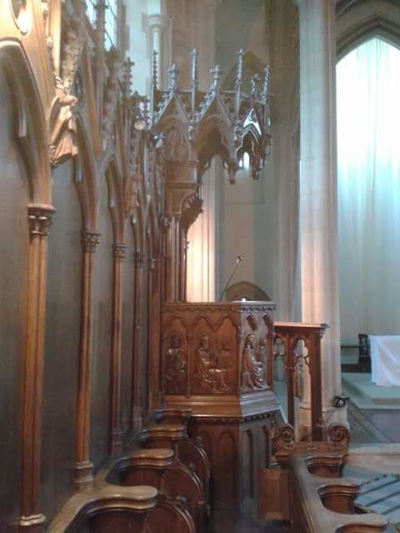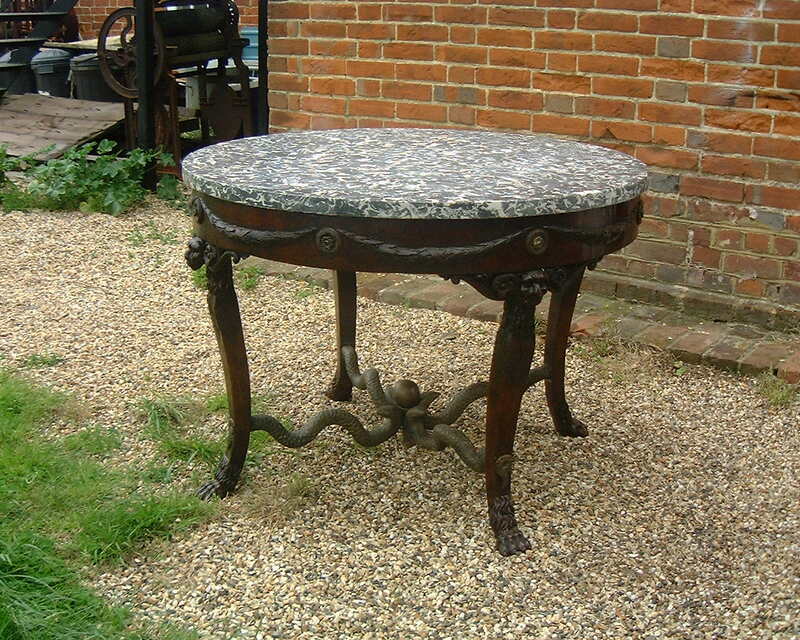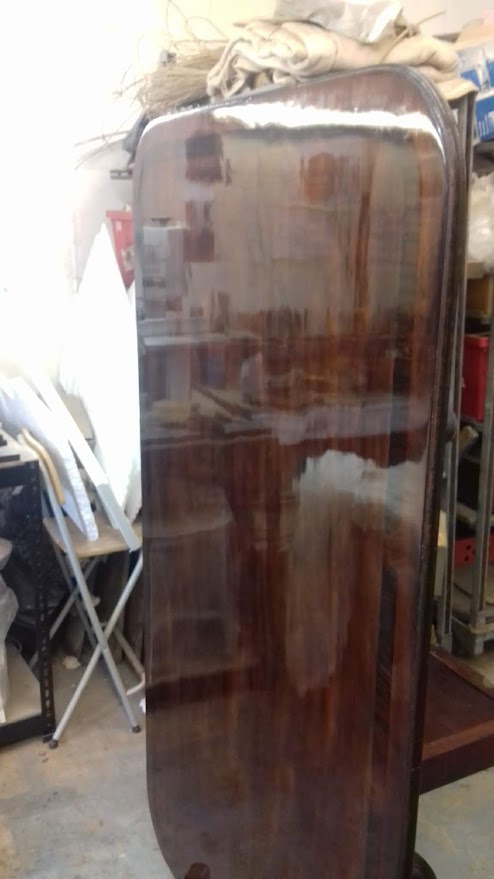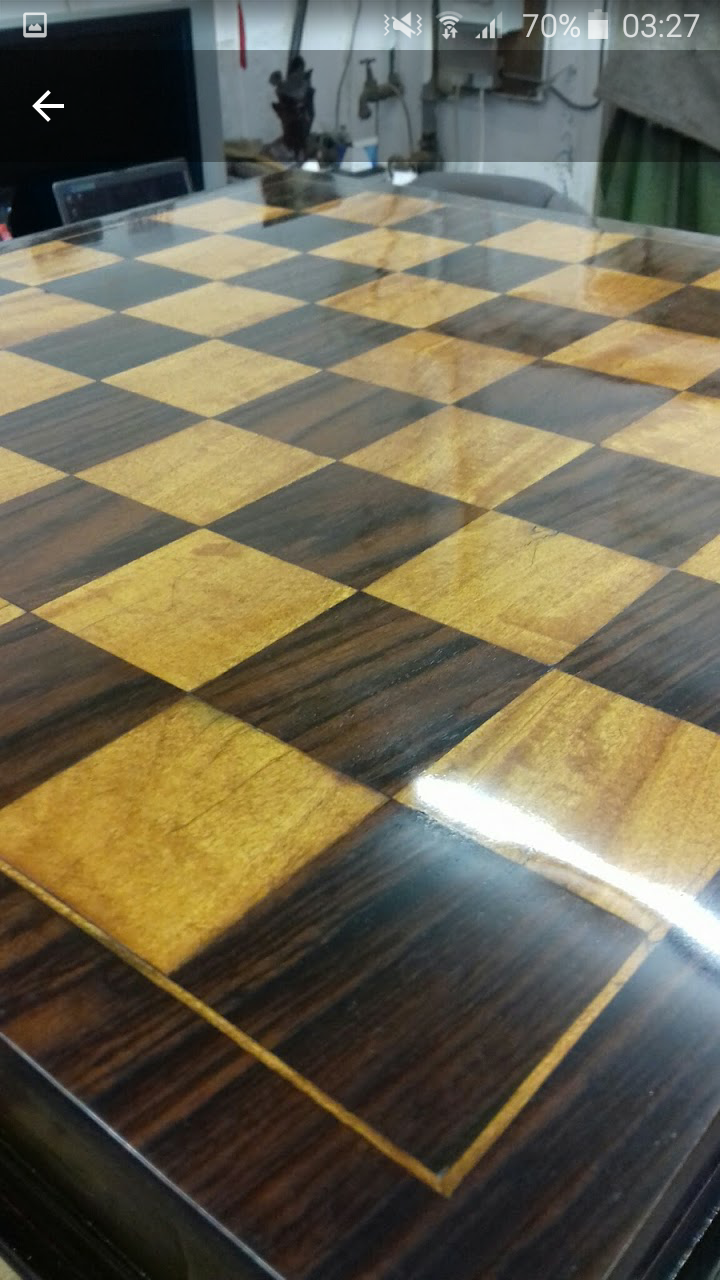GALLERY
LITTLE OAK ANTIQUES
FOR ALL YOUR RESTORATION NEEDS
WE ARE EXPERIENCED ANTIQUE FURNITURE RESTORERS
LITTLE OAK ANTIQUES
FOR ALL YOUR RESTORATION NEEDS
WE ARE EXPERIENCED ANTIQUE FURNITURE RESTORERS
Quality Workmanship : We Are Specialists : Years of Experience
: LITTLE OAK ANTIQUES:
For Traditional Antique Furniture Repair & Restoration.
French Polishing Service Highly Recommended Send Your Pictures For An Estimate Within An Hour
We are Experienced Antique Furniture Restorers covering all your Restoration Needs. An Example of the
Restoration we cover are as Follows: French Polishing / wax and oil Finishing / Modern Refinishing / Antique
Wall Paneling French Polishing and waxing / Banister French Polishing and waxing / Damaged Removal
Company Furniture / Furniture Insurance Quote / On Site Worker / Scratch Removal / Antique Furniture
Restoration / Veneer Repair / Ring Mark Removal / Water Damage Repair / Quick Response / On Time
Punctual / Please Enjoy The Gallery Kind Regards Little Oak Antiques Restoration....
please go to my yell link to look at reviews thank you:
https://www.yell.com/biz/little-oak-antiques-sandwich-7354490/
Antique furniture restoration is a skilled craft that involves repairing, conserving, and restoring antique or vintage furniture to its original or desired condition. It requires a combination of knowledge, expertise, and craftsmanship to preserve the historical value and aesthetic beauty of these valuable pieces. Here is some information about the history, skills, and requirements involved in antique furniture restoration:
History of Antique Furniture Restoration: Furniture restoration has a rich history spanning several centuries, as people have sought to preserve and repair valuable furniture pieces.
The art of restoration gained prominence during the Renaissance period in Europe, as artisans and craftsmen developed techniques to revive and repair antique furniture. Over time, different restoration styles and methods emerged, influenced by various historical periods and cultural traditions.
Skills and Expertise in Antique Furniture Restoration: Woodworking Skills: An in-depth understanding of different wood types, their characteristics, and how they age is crucial. Mastery of woodworking tools such as chisels, planes, saws, and scrapers is essential for precision work.
Skills in wood carving, joinery, and veneer work are often required to recreate missing or damaged parts.
Knowledge of Furniture History and Styles:
A solid grasp of furniture history, including the styles, materials, and construction techniques used in different periods, is vital.
Understanding the characteristics of various furniture styles (e.g., Queen Anne, Chippendale, Art Nouveau) helps in maintaining authenticity during restoration.
Conservation Techniques: Knowledge of conservation principles and techniques ensures that the restoration process preserves the original integrity and historical value of the furniture.
Skills in cleaning, deacidification, stabilization, and surface finishes play a significant role in conserving antique furniture.
Upholstery and Textile Knowledge:
Understanding traditional upholstery methods and materials is necessary for repairing or replacing damaged or worn-out upholstery.
Knowledge of textiles, fabrics, and historical upholstery styles allows for appropriate restoration choices.
Patience and Attention to Detail:
Antique furniture restoration requires meticulous attention to detail and patience to ensure accurate replication of missing or damaged components.Restorers must exhibit sensitivity to the historical significance of the piece and strive for an authentic restoration outcome.
Requirements for Antique Furniture Restoration:
Extensive practical experience and knowledge in woodworking, furniture history, and restoration techniques are essential.
Ongoing research and learning to stay updated with new techniques, materials, and conservation practices are crucial.
Adequate workshop space with a range of specialized tools and equipment is necessary to carry out restoration work effectively.
Collaboration with art historians, conservators, and other professionals may be required for complex restoration projects.
It is worth noting that the specific skills and requirements for antique furniture restoration can vary depending on the type of furniture, its age, condition, and the desired restoration outcome. Engaging the services of a skilled and experienced professional in antique furniture restoration is often recommended to ensure the best preservation and restoration of these valuable pieces.
History of Antique Furniture Restoration: Furniture restoration has a rich history spanning several centuries, as people have sought to preserve and repair valuable furniture pieces.
The art of restoration gained prominence during the Renaissance period in Europe, as artisans and craftsmen developed techniques to revive and repair antique furniture. Over time, different restoration styles and methods emerged, influenced by various historical periods and cultural traditions.
Skills and Expertise in Antique Furniture Restoration: Woodworking Skills: An in-depth understanding of different wood types, their characteristics, and how they age is crucial. Mastery of woodworking tools such as chisels, planes, saws, and scrapers is essential for precision work.
Skills in wood carving, joinery, and veneer work are often required to recreate missing or damaged parts.
Knowledge of Furniture History and Styles:
A solid grasp of furniture history, including the styles, materials, and construction techniques used in different periods, is vital.
Understanding the characteristics of various furniture styles (e.g., Queen Anne, Chippendale, Art Nouveau) helps in maintaining authenticity during restoration.
Conservation Techniques: Knowledge of conservation principles and techniques ensures that the restoration process preserves the original integrity and historical value of the furniture.
Skills in cleaning, deacidification, stabilization, and surface finishes play a significant role in conserving antique furniture.
Upholstery and Textile Knowledge:
Understanding traditional upholstery methods and materials is necessary for repairing or replacing damaged or worn-out upholstery.
Knowledge of textiles, fabrics, and historical upholstery styles allows for appropriate restoration choices.
Patience and Attention to Detail:
Antique furniture restoration requires meticulous attention to detail and patience to ensure accurate replication of missing or damaged components.Restorers must exhibit sensitivity to the historical significance of the piece and strive for an authentic restoration outcome.
Requirements for Antique Furniture Restoration:
Extensive practical experience and knowledge in woodworking, furniture history, and restoration techniques are essential.
Ongoing research and learning to stay updated with new techniques, materials, and conservation practices are crucial.
Adequate workshop space with a range of specialized tools and equipment is necessary to carry out restoration work effectively.
Collaboration with art historians, conservators, and other professionals may be required for complex restoration projects.
It is worth noting that the specific skills and requirements for antique furniture restoration can vary depending on the type of furniture, its age, condition, and the desired restoration outcome. Engaging the services of a skilled and experienced professional in antique furniture restoration is often recommended to ensure the best preservation and restoration of these valuable pieces.
Restoring antique furniture requires a combination of patience, skill, and knowledge of both woodworking and the specific characteristics of different types of antique pieces. Here are some skills and steps involved in antique furniture restoration:
1. Assessment: Begin by assessing the condition of the piece. Look for any structural damage, loose joints, missing parts, or signs of woodworm or other pests.
2. Research: Understand the history and construction of the piece. Research the style, period, and techniques used in its creation. This can help you determine the appropriate restoration methods.
3. Cleaning: Remove dirt, grime, and old finishes to reveal the original surface. Be cautious not to damage the patina or original finish.
4. Repair: Repair any structural damage, such as loose joints, cracks, or broken pieces. This may involve woodworking skills, including joinery and carving, to match and replace missing elements.
5. Refinishing: If necessary, This may involve using traditional shellac, varnish, or wax finishes to match the original appearance.
6. Upholstery: For pieces with upholstered elements, such as chairs or sofas, upholstery skills are needed to replace or repair fabric, padding, and springs.
7. Woodworking skills: Knowledge of woodworking techniques, including joinery, carving, and turning, is essential for repairing and replicating missing or damaged parts.
8. Patience and attention to detail: Restoring antique furniture requires patience and attention to detail. Small, meticulous work is often necessary to achieve a high-quality result.
9. Knowledge of materials: Understanding the properties of different woods, finishes, and upholstery materials is important for making informed decisions during the restoration process.
10. Preservation ethics: A skilled restorer should have a strong understanding of preservation ethics and practices, knowing when to preserve original elements and when to make sympathetic repairs.
11. Tools: Having access to a range of woodworking tools and equipment, such as hand tools, power tools, and finishing supplies, is essential for carrying out the necessary restoration work.
Lastly, it's important to remember that antique furniture restoration can be complex, and some projects may require the expertise of professional conservators or restorers, especially for valuable or historically significant pieces.
At Little Oak Antiques Restoration, we understand the significance of preserving the authenticity of antique furniture. That is why we are committed to using traditional methods, such as French polishing and wax finishing, to accentuate the natural beauty of the wood and bring out its rich, lustrous patina. Our dedication to authenticity extends to every detail of our work, ensuring that each piece retains its historical integrity while being revitalized for generations to come.
Whether your cherished heirloom requires delicate scratch restoration or a complete overhaul, our expertise in traditional French polishing and antique furniture restoration allows us to breathe new life into each piece. We take pride in our ability to uncover the timeless beauty hidden within every antique, and we approach each project with reverence for its history and craftsmanship.
We invite you to explore our gallery to witness the transformative results of our restoration work and to learn more about our process. If you have a treasured antique in need of restoration, we would be honored to discuss how we can help preserve its beauty for years to come. Thank you for considering Little Oak Antiques Restoration for your antique furniture restoration needs.
1. Assessment: Begin by assessing the condition of the piece. Look for any structural damage, loose joints, missing parts, or signs of woodworm or other pests.
2. Research: Understand the history and construction of the piece. Research the style, period, and techniques used in its creation. This can help you determine the appropriate restoration methods.
3. Cleaning: Remove dirt, grime, and old finishes to reveal the original surface. Be cautious not to damage the patina or original finish.
4. Repair: Repair any structural damage, such as loose joints, cracks, or broken pieces. This may involve woodworking skills, including joinery and carving, to match and replace missing elements.
5. Refinishing: If necessary, This may involve using traditional shellac, varnish, or wax finishes to match the original appearance.
6. Upholstery: For pieces with upholstered elements, such as chairs or sofas, upholstery skills are needed to replace or repair fabric, padding, and springs.
7. Woodworking skills: Knowledge of woodworking techniques, including joinery, carving, and turning, is essential for repairing and replicating missing or damaged parts.
8. Patience and attention to detail: Restoring antique furniture requires patience and attention to detail. Small, meticulous work is often necessary to achieve a high-quality result.
9. Knowledge of materials: Understanding the properties of different woods, finishes, and upholstery materials is important for making informed decisions during the restoration process.
10. Preservation ethics: A skilled restorer should have a strong understanding of preservation ethics and practices, knowing when to preserve original elements and when to make sympathetic repairs.
11. Tools: Having access to a range of woodworking tools and equipment, such as hand tools, power tools, and finishing supplies, is essential for carrying out the necessary restoration work.
Lastly, it's important to remember that antique furniture restoration can be complex, and some projects may require the expertise of professional conservators or restorers, especially for valuable or historically significant pieces.
At Little Oak Antiques Restoration, we understand the significance of preserving the authenticity of antique furniture. That is why we are committed to using traditional methods, such as French polishing and wax finishing, to accentuate the natural beauty of the wood and bring out its rich, lustrous patina. Our dedication to authenticity extends to every detail of our work, ensuring that each piece retains its historical integrity while being revitalized for generations to come.
Whether your cherished heirloom requires delicate scratch restoration or a complete overhaul, our expertise in traditional French polishing and antique furniture restoration allows us to breathe new life into each piece. We take pride in our ability to uncover the timeless beauty hidden within every antique, and we approach each project with reverence for its history and craftsmanship.
We invite you to explore our gallery to witness the transformative results of our restoration work and to learn more about our process. If you have a treasured antique in need of restoration, we would be honored to discuss how we can help preserve its beauty for years to come. Thank you for considering Little Oak Antiques Restoration for your antique furniture restoration needs.








